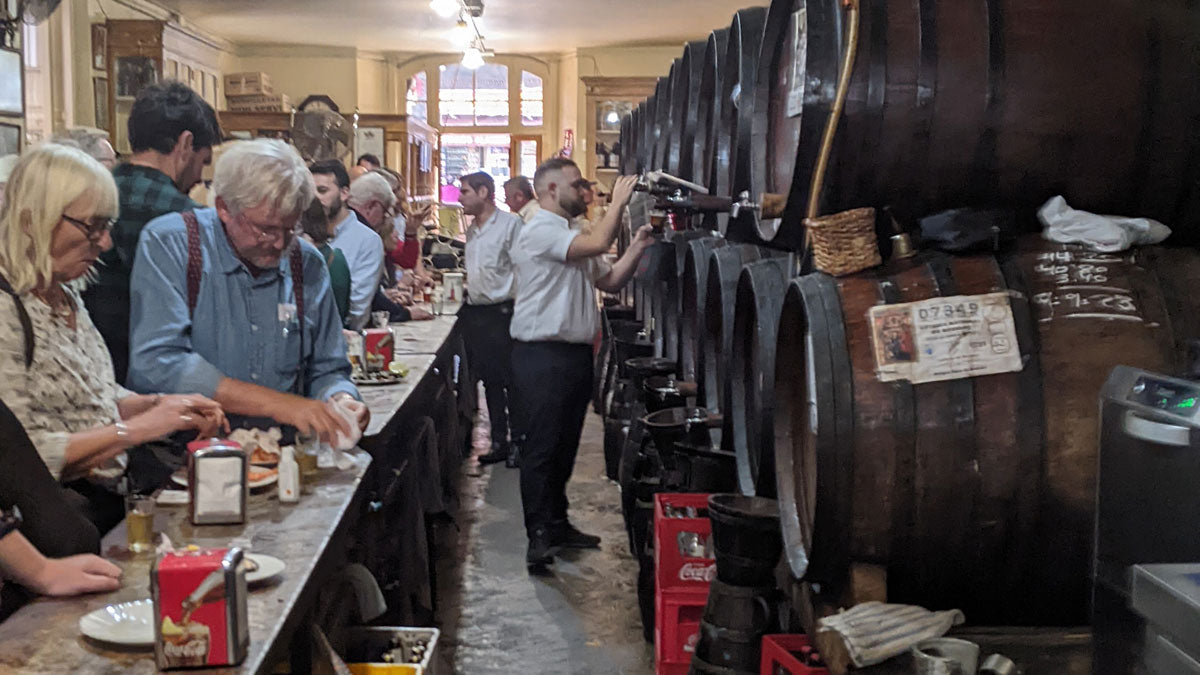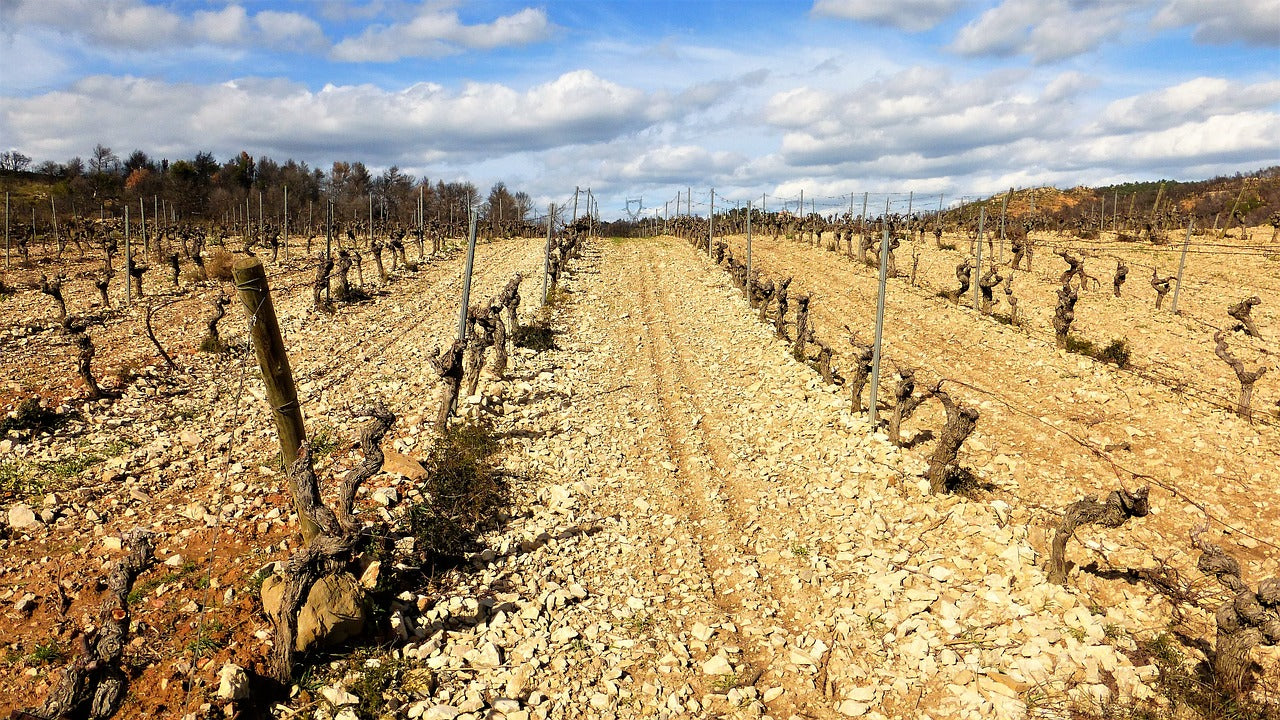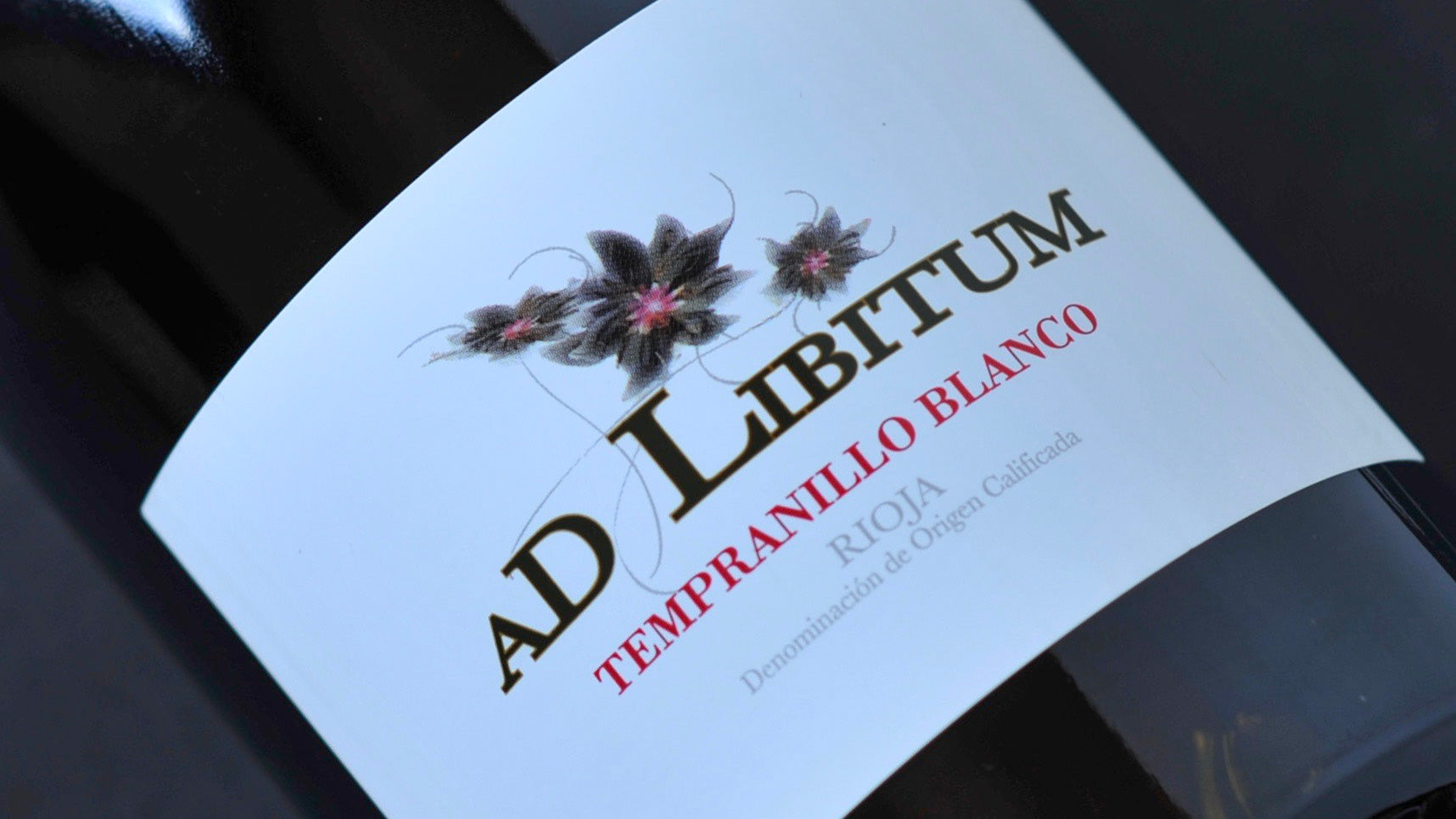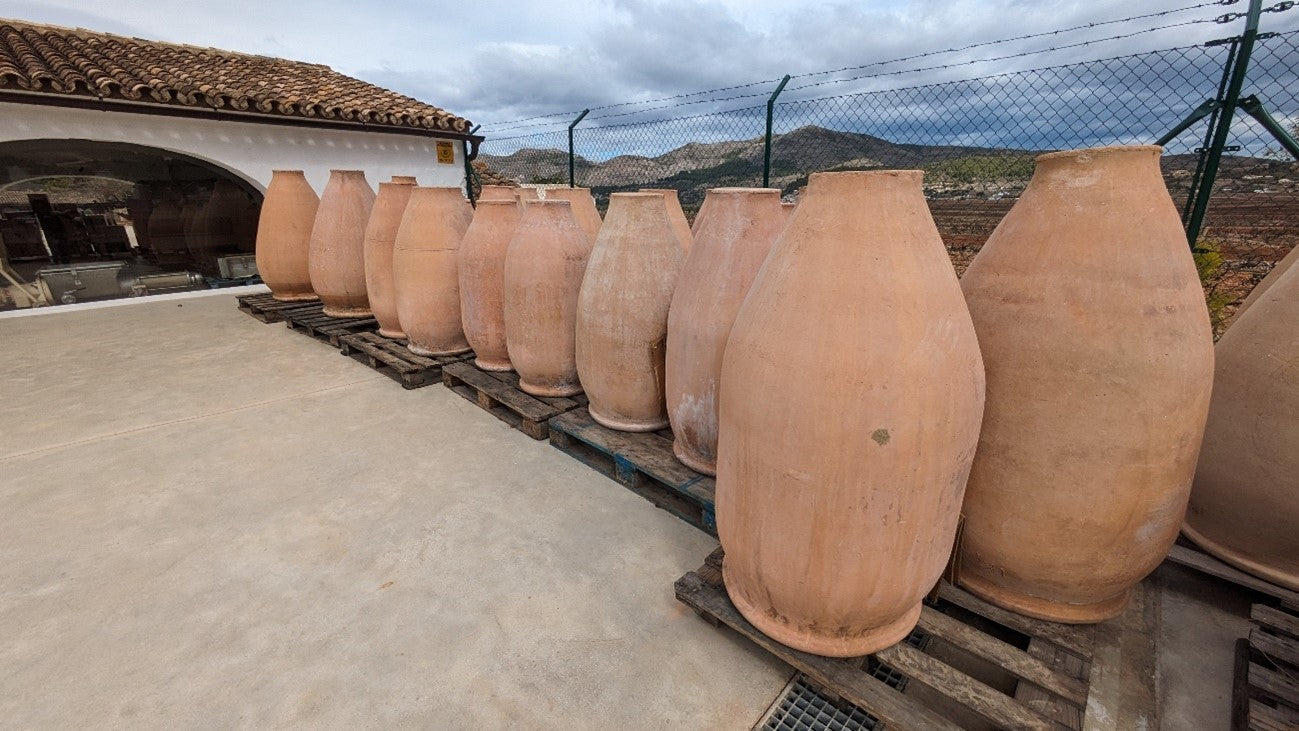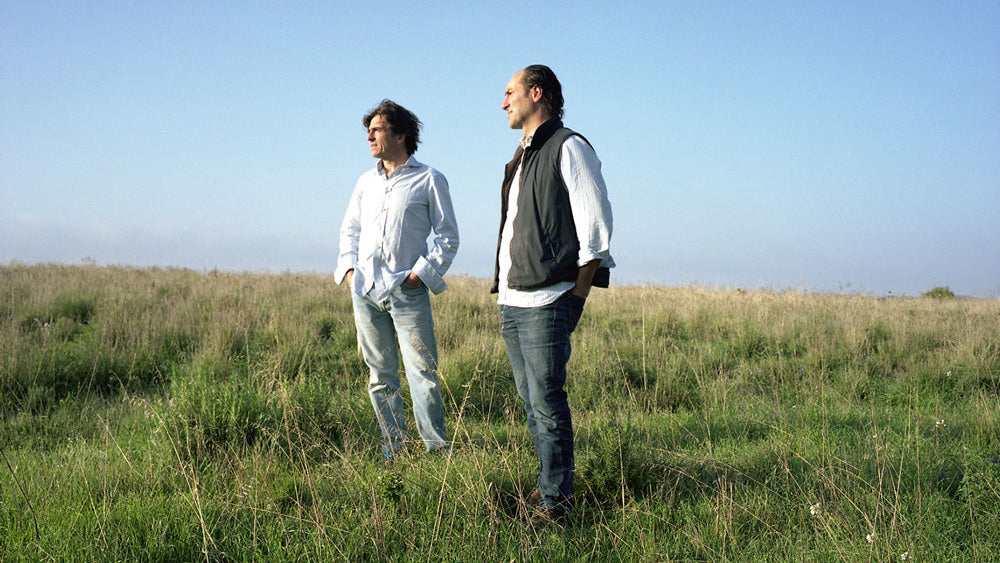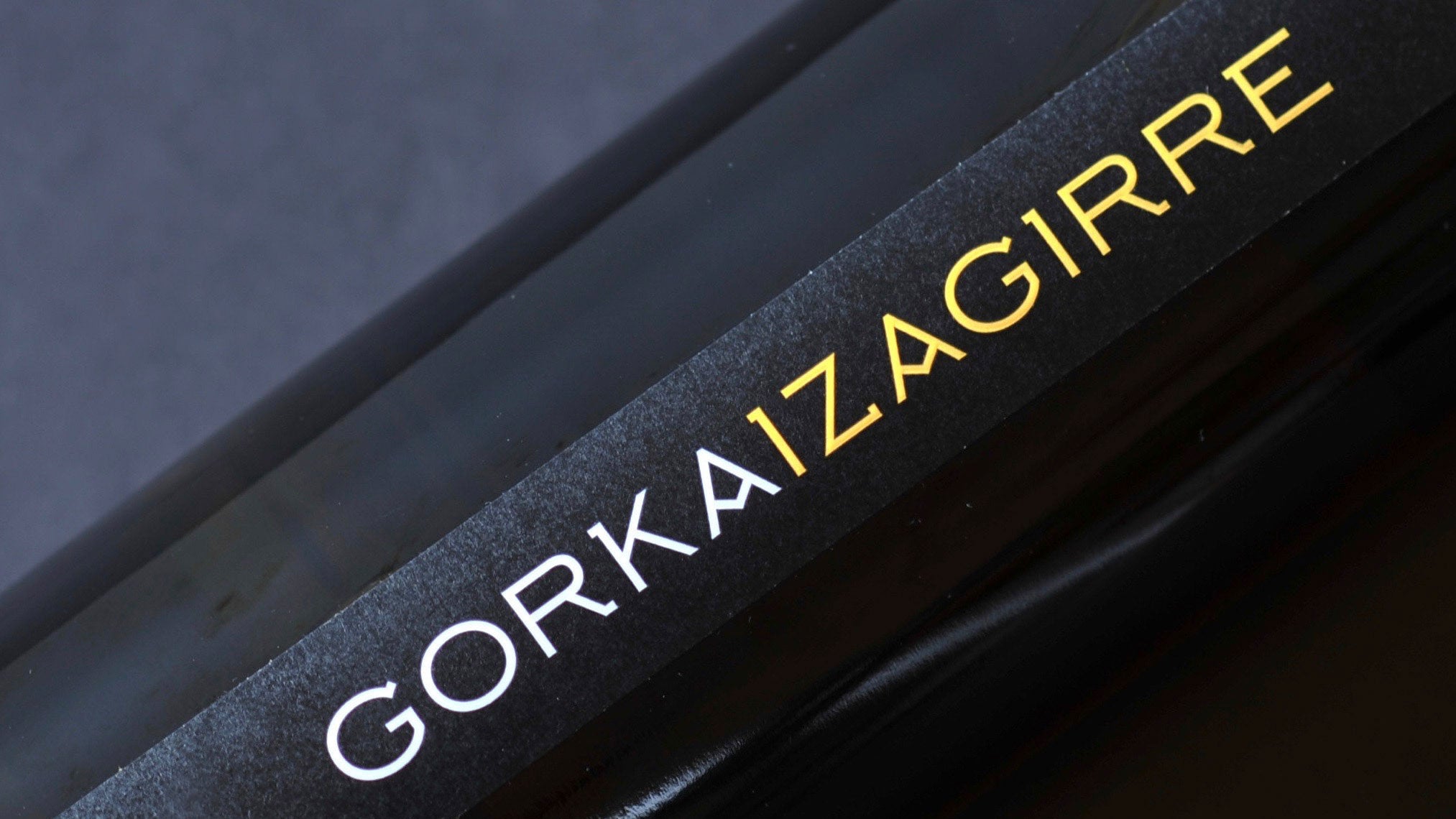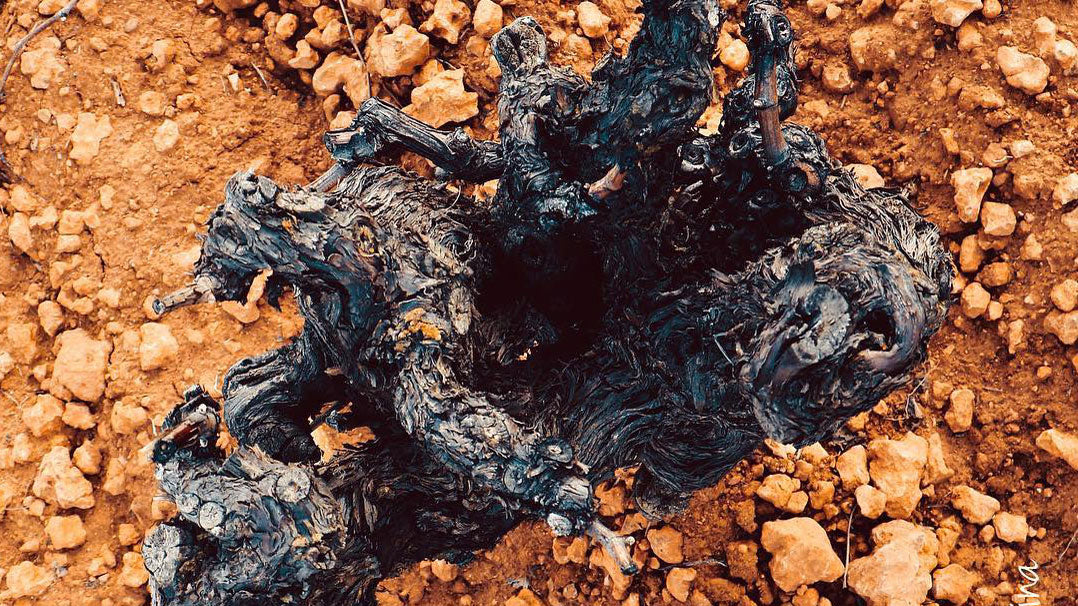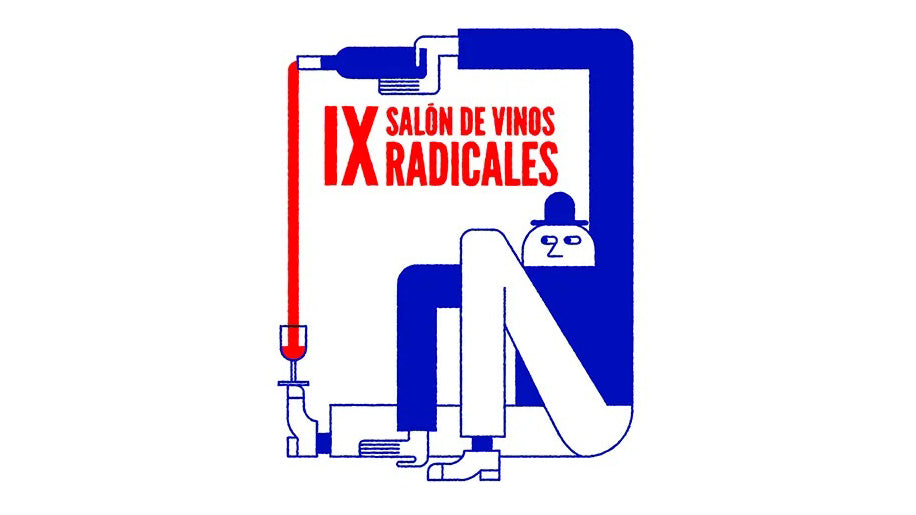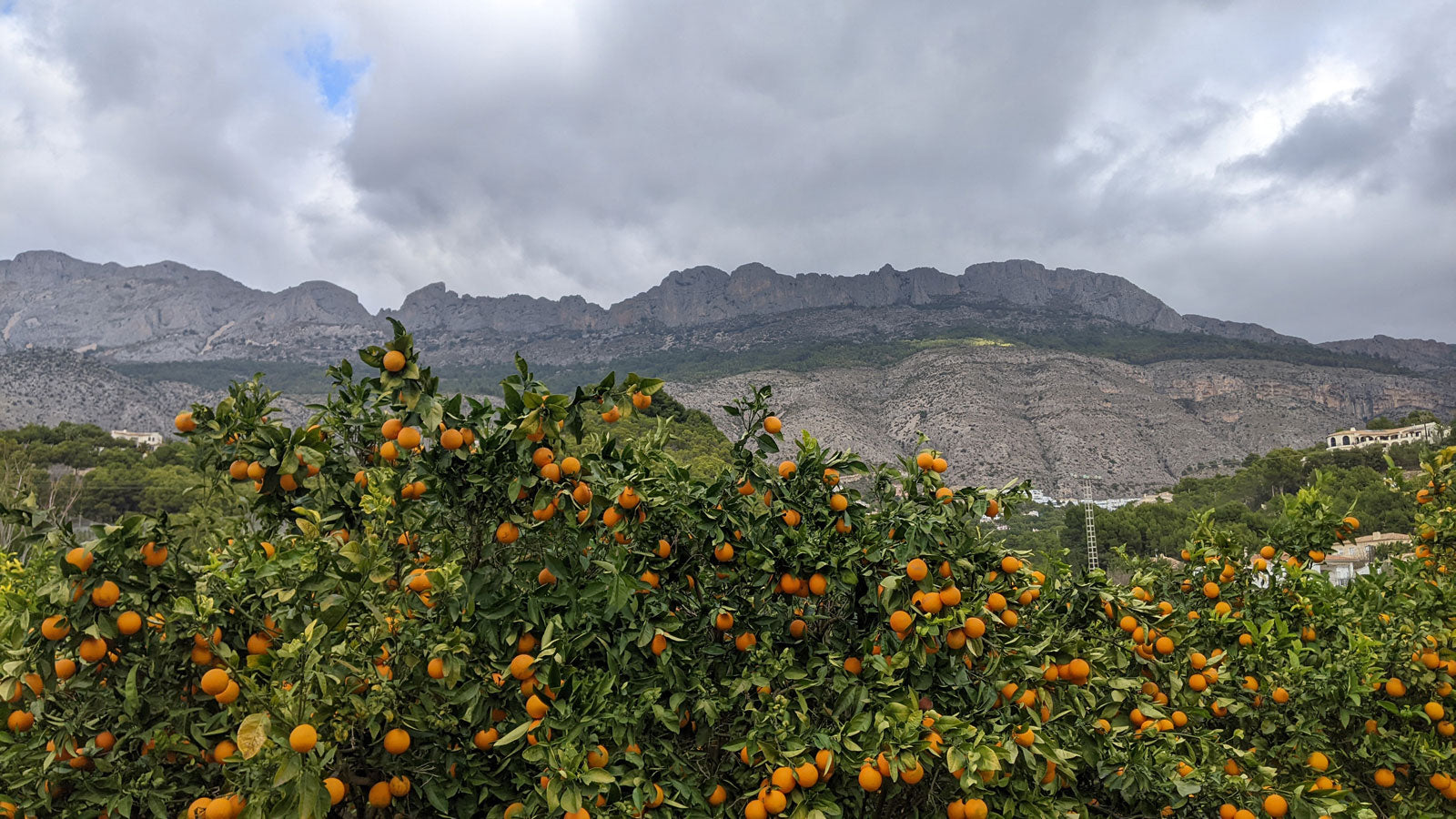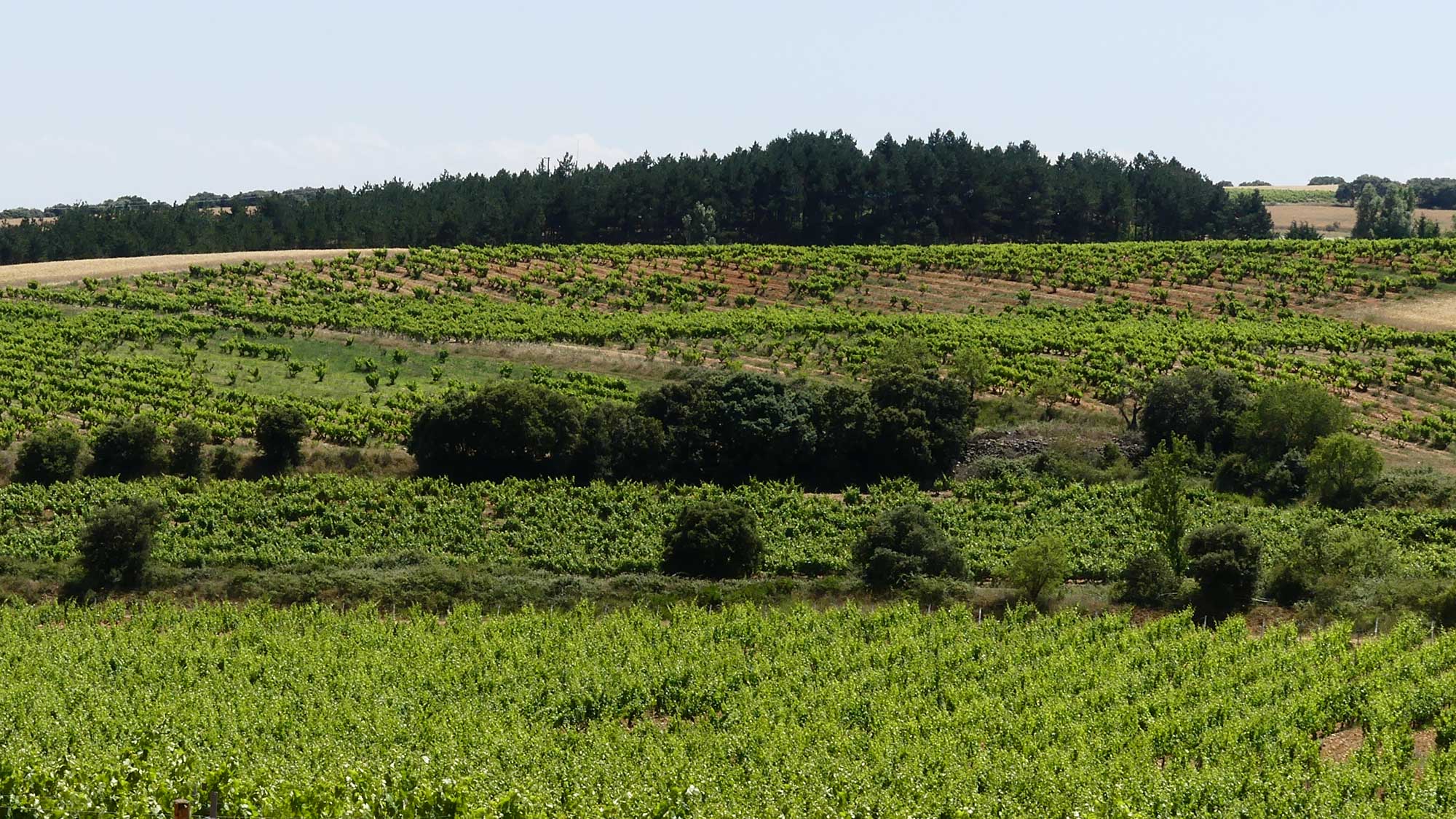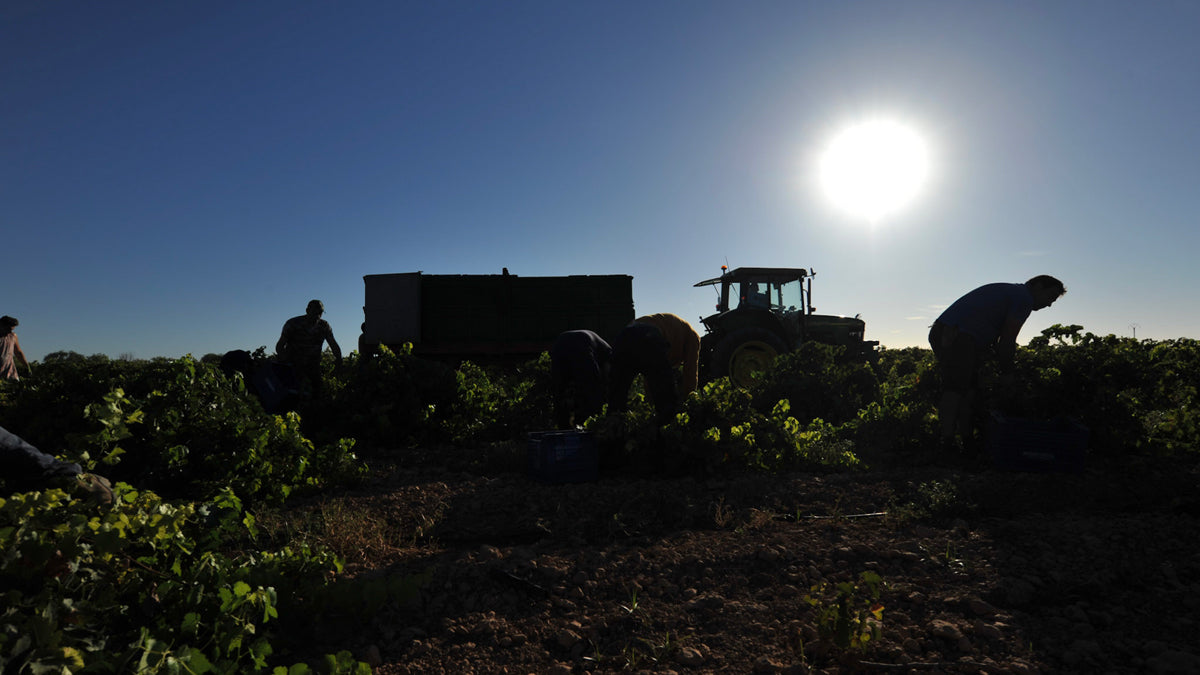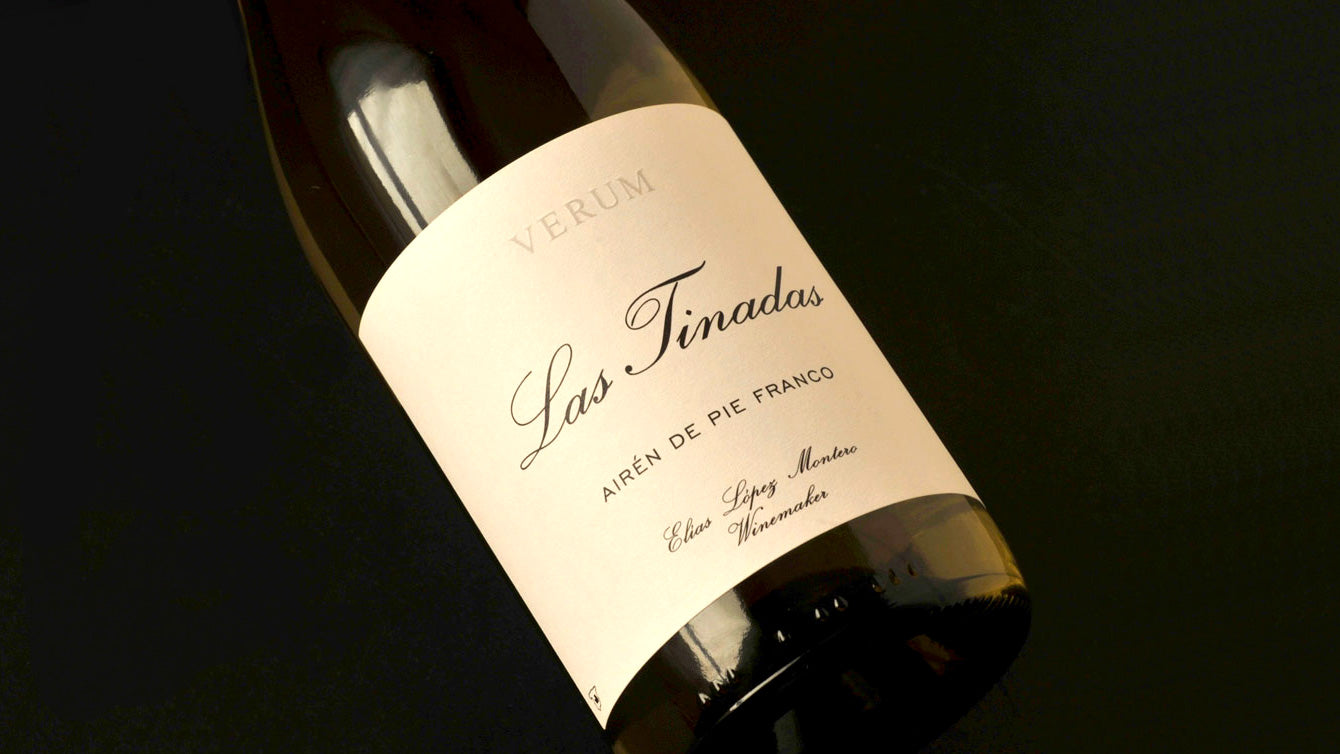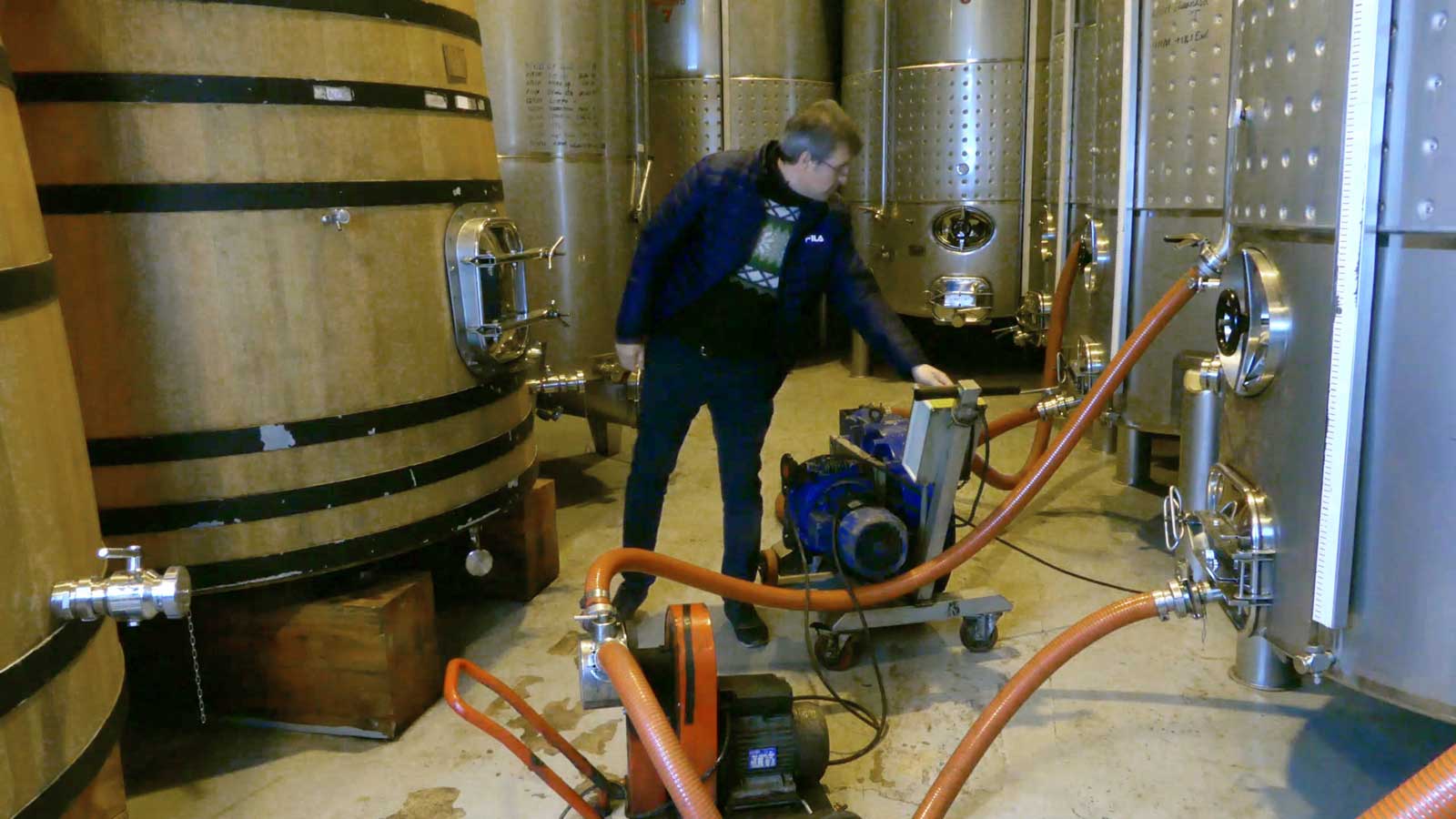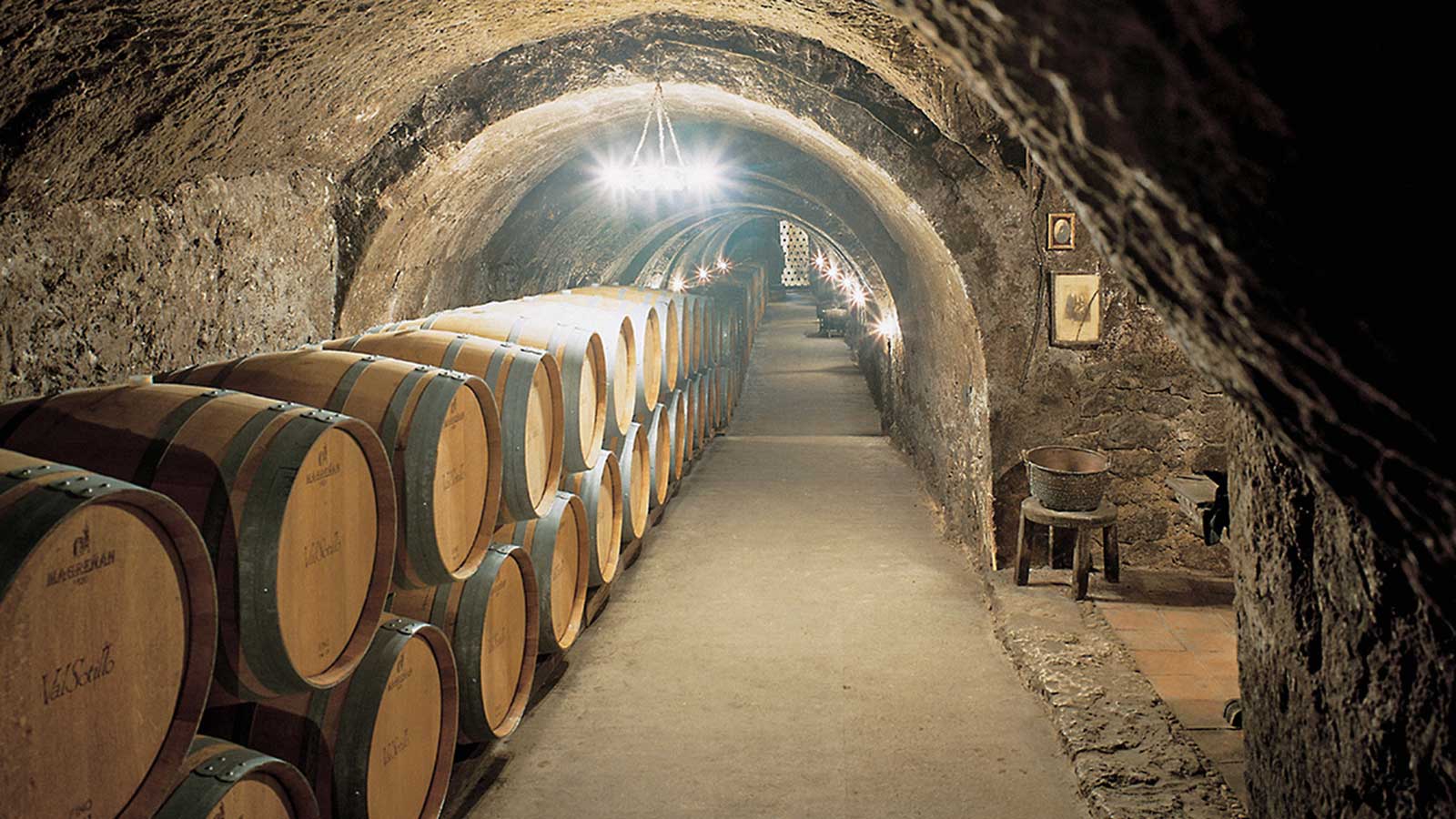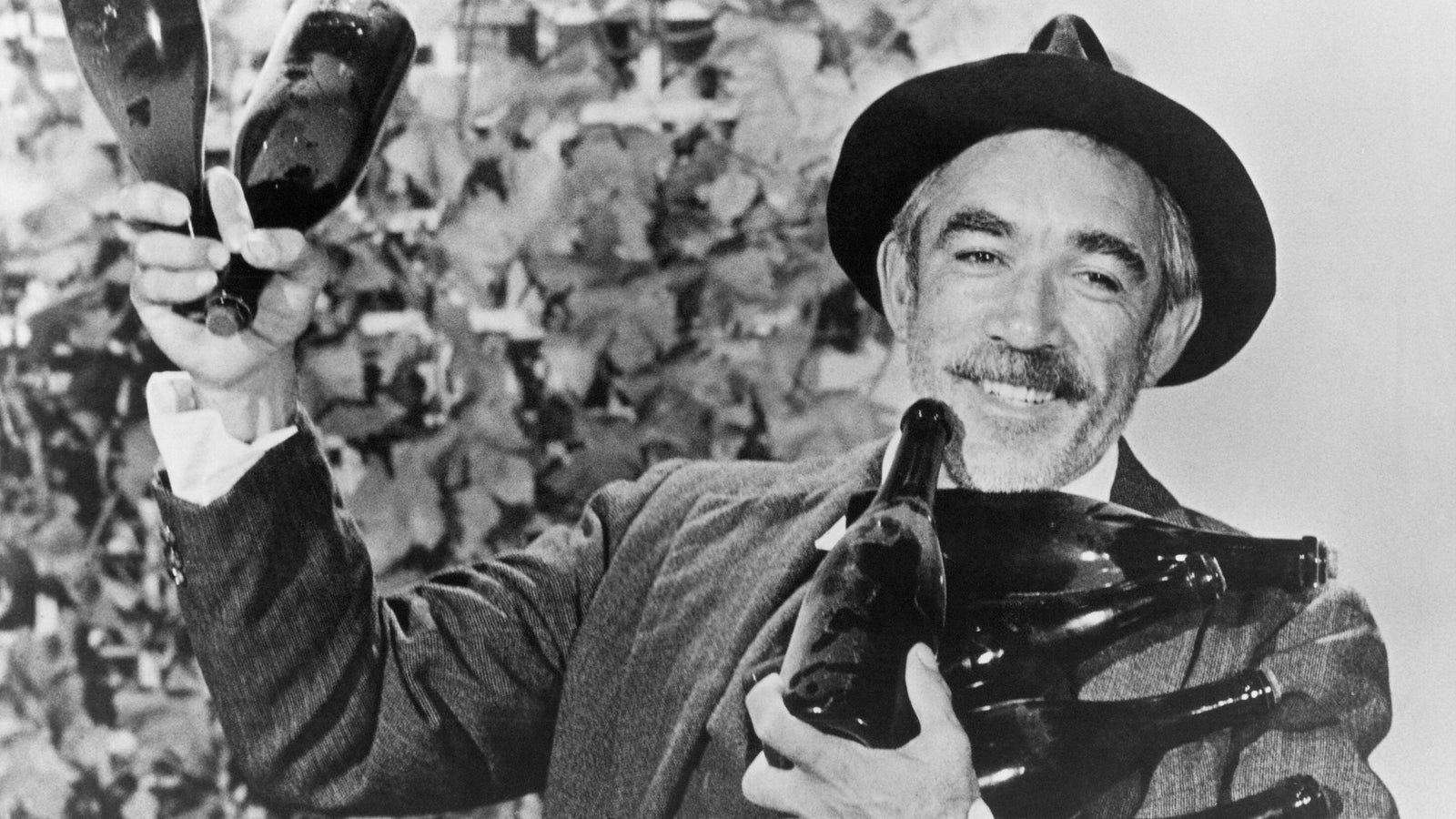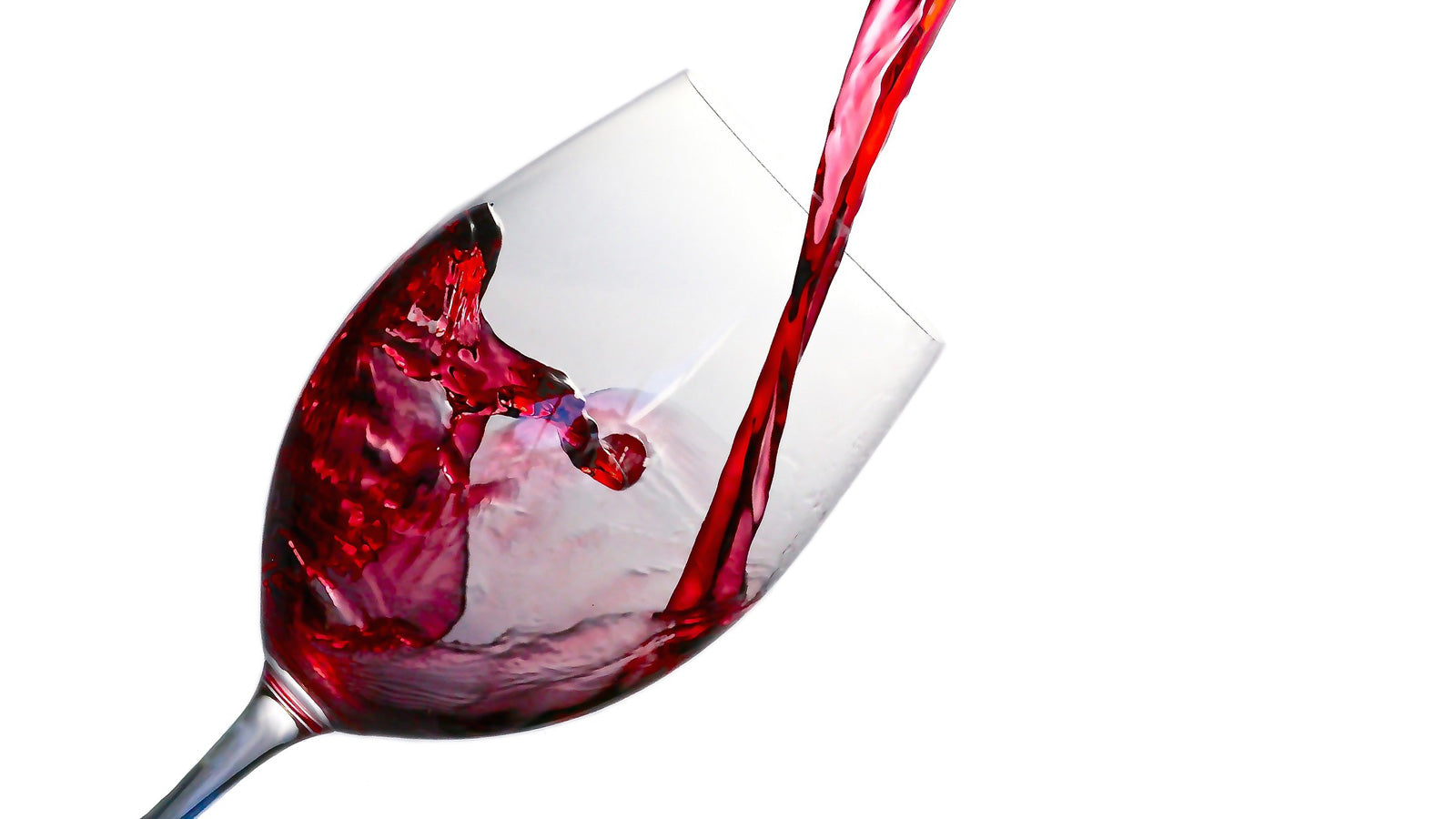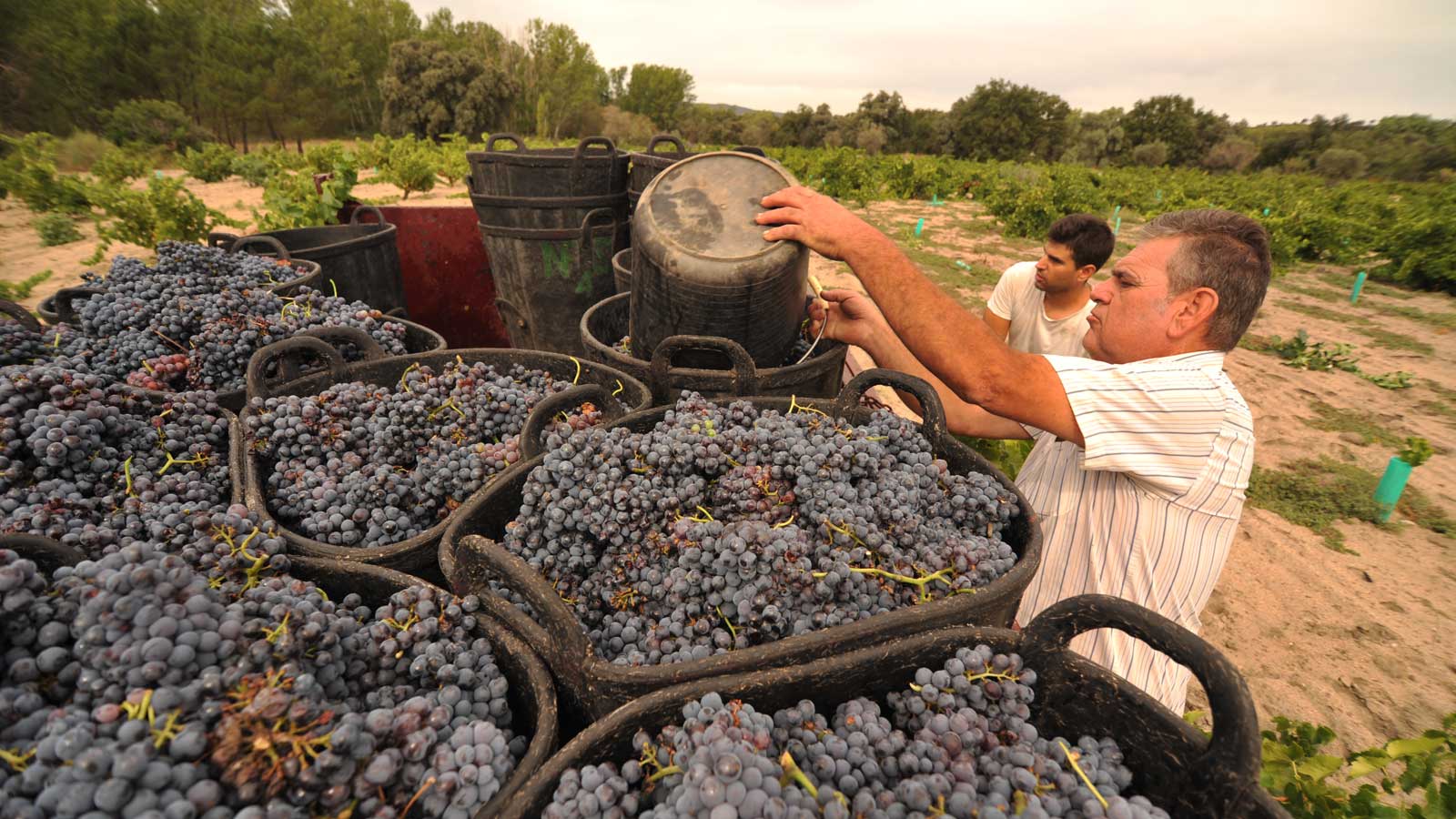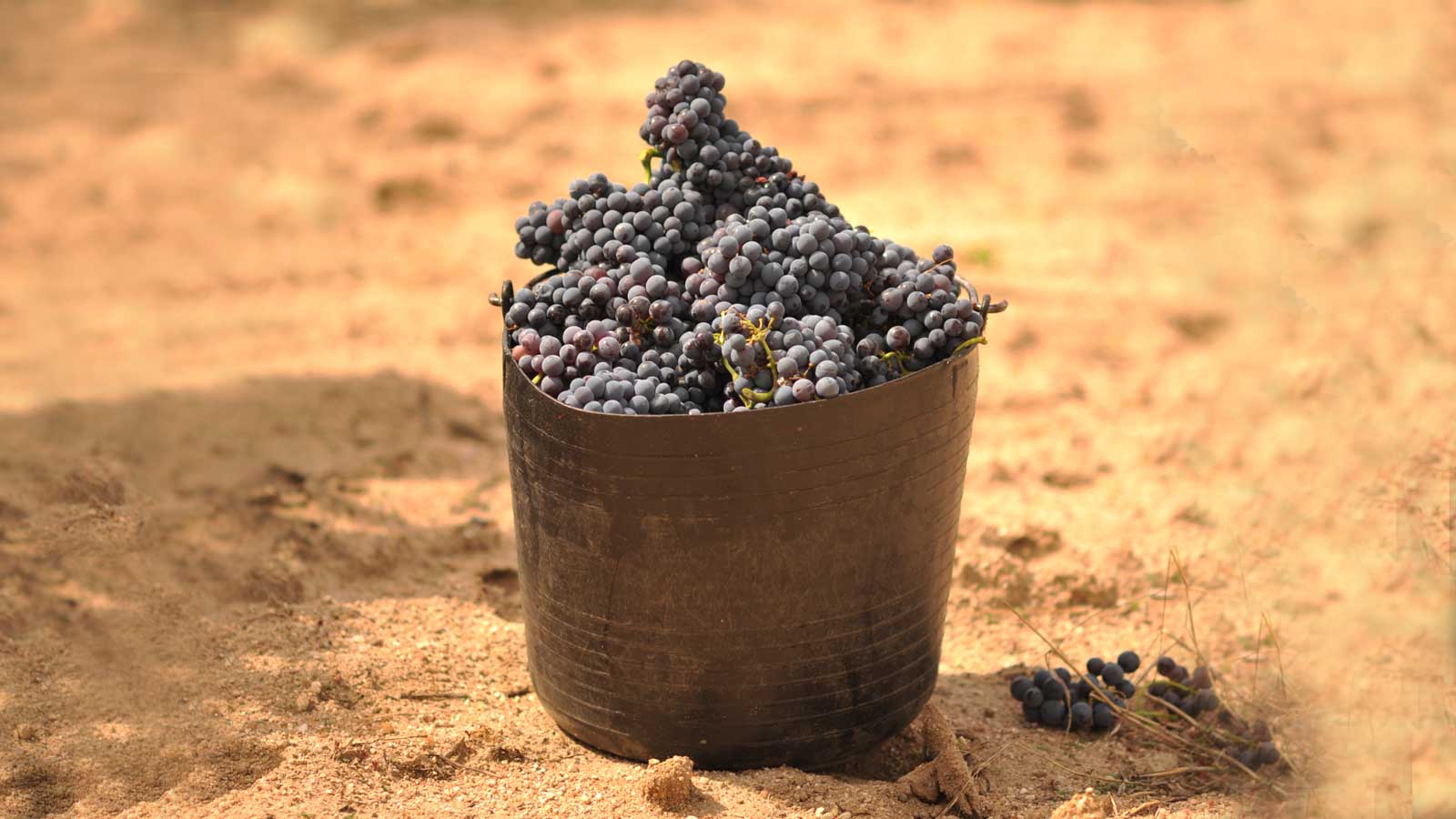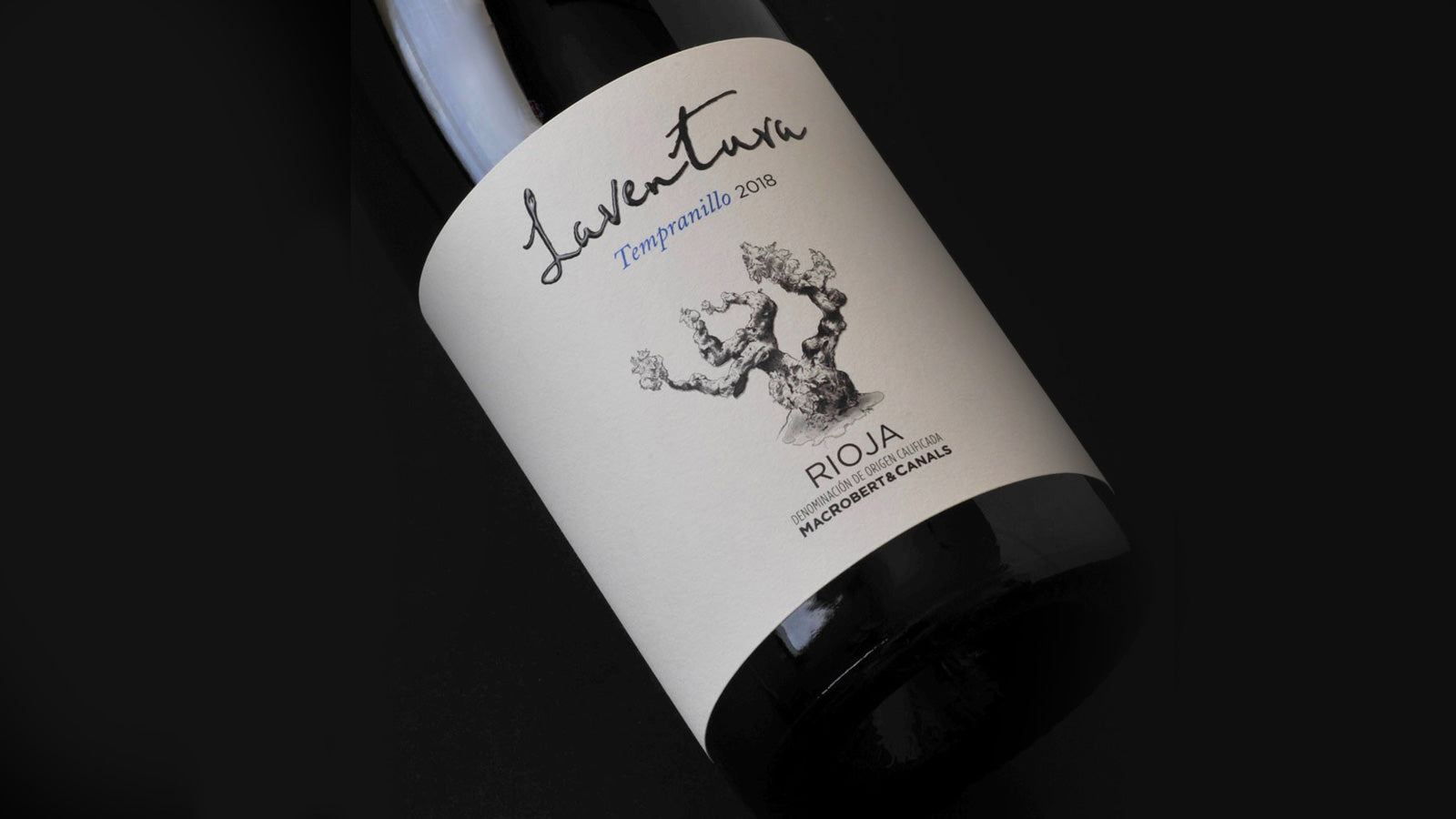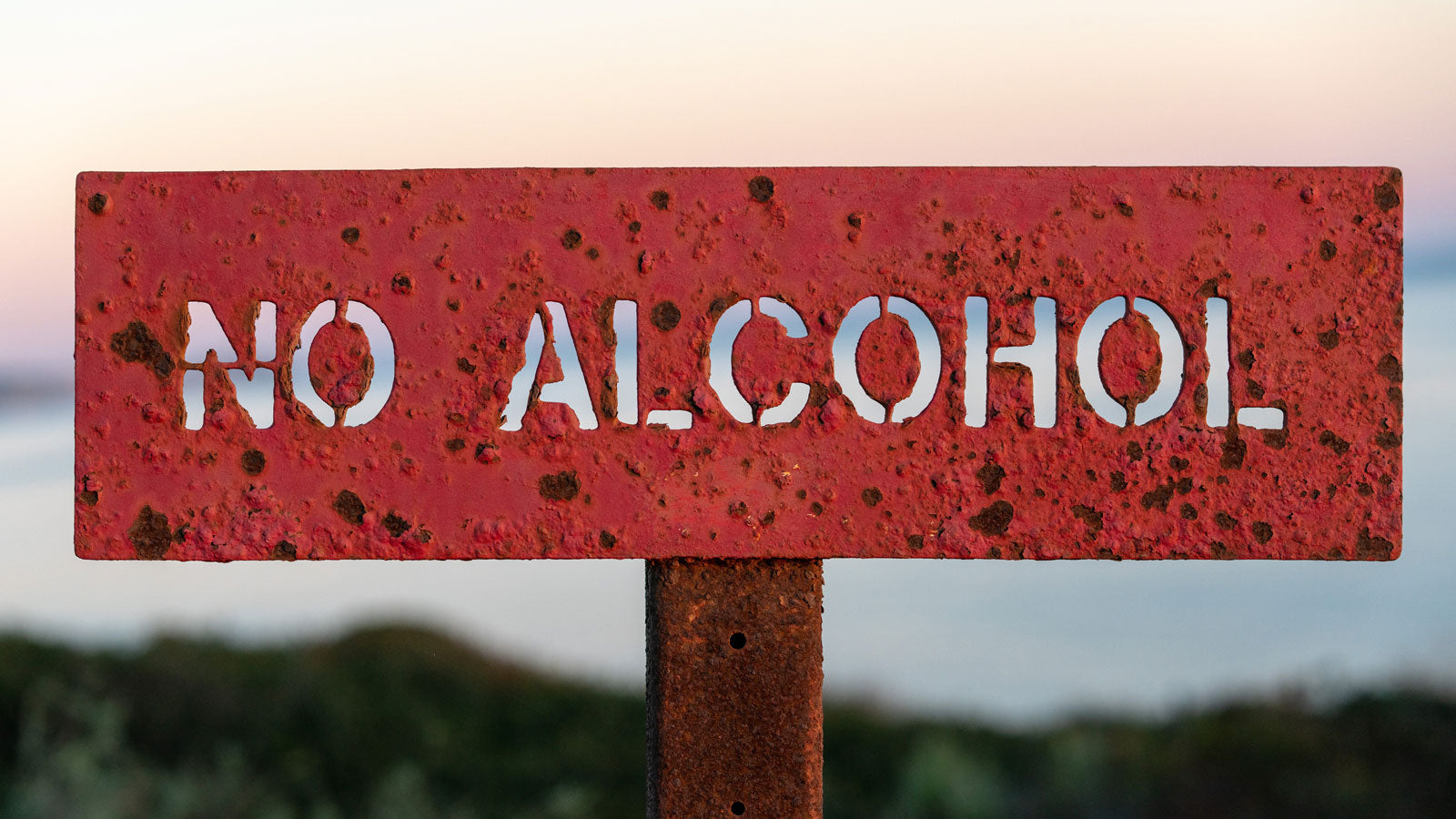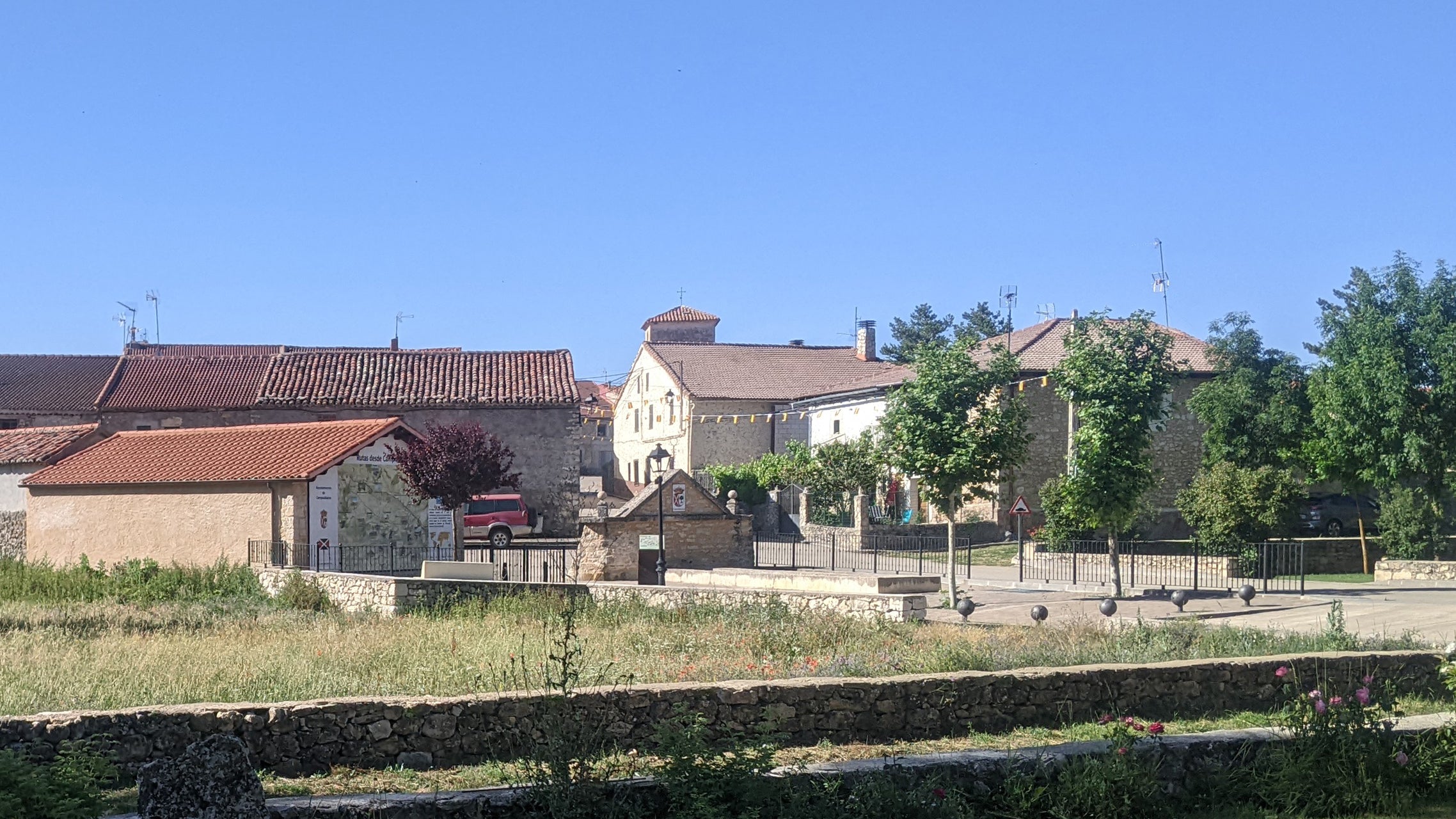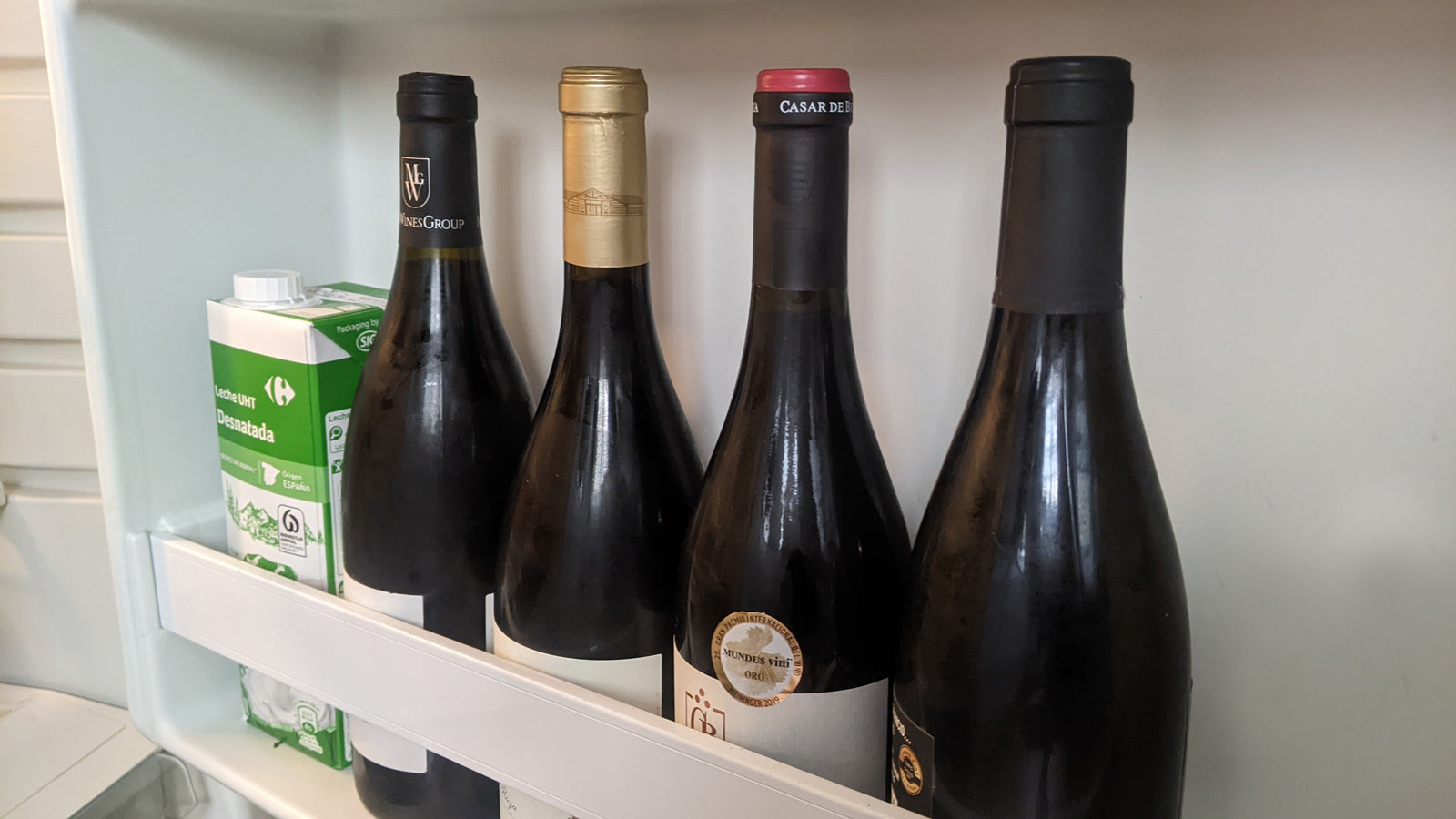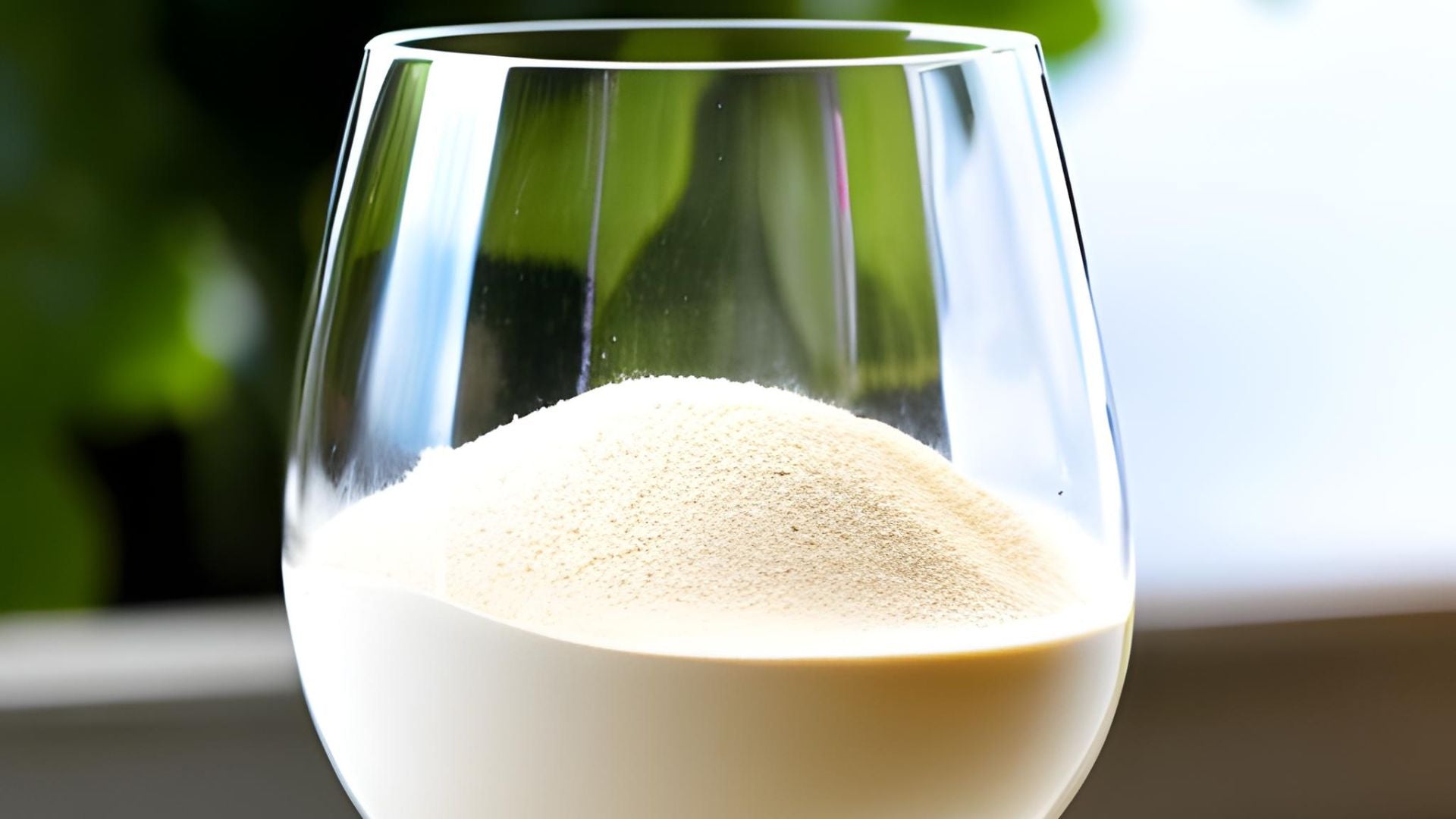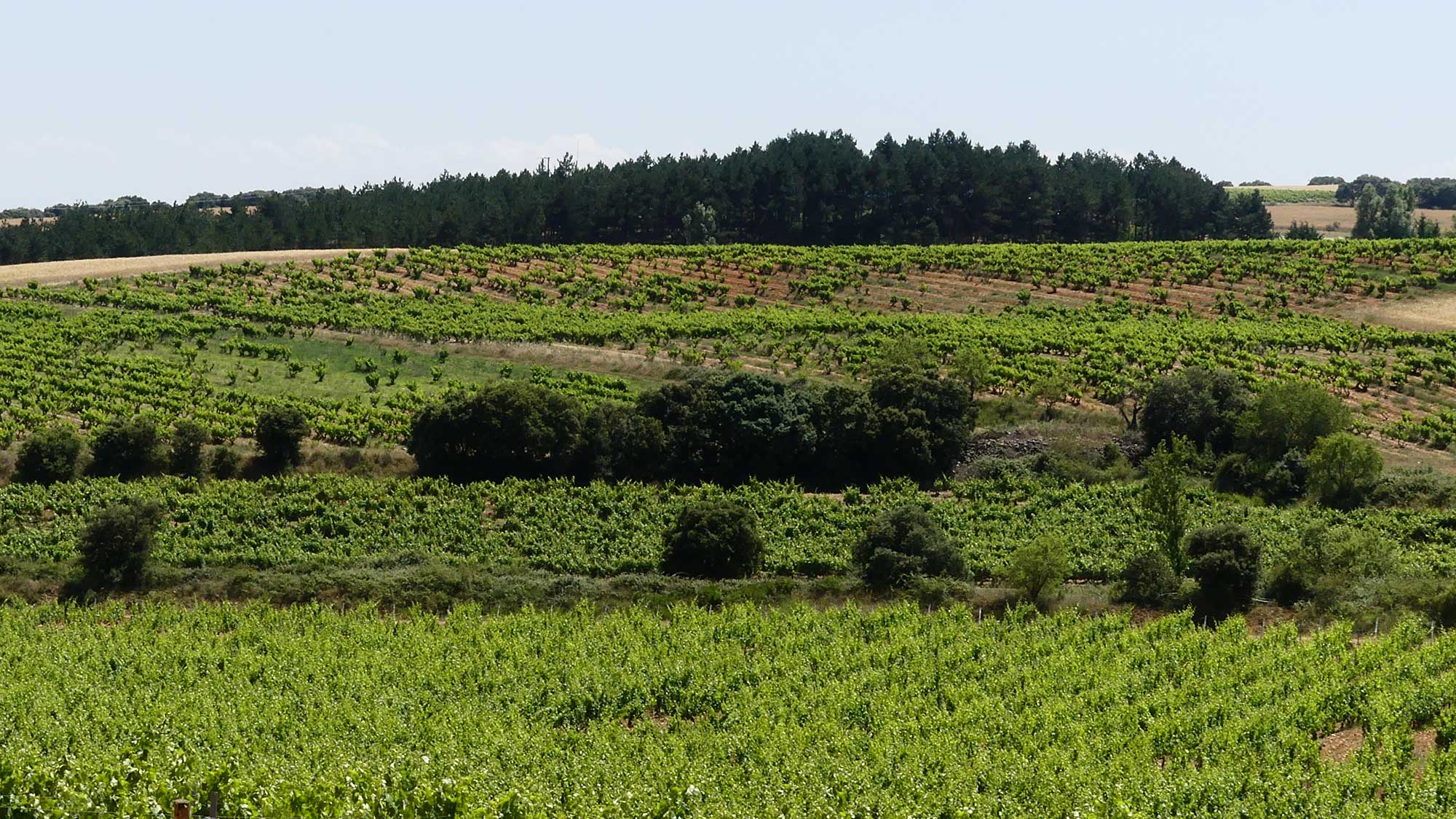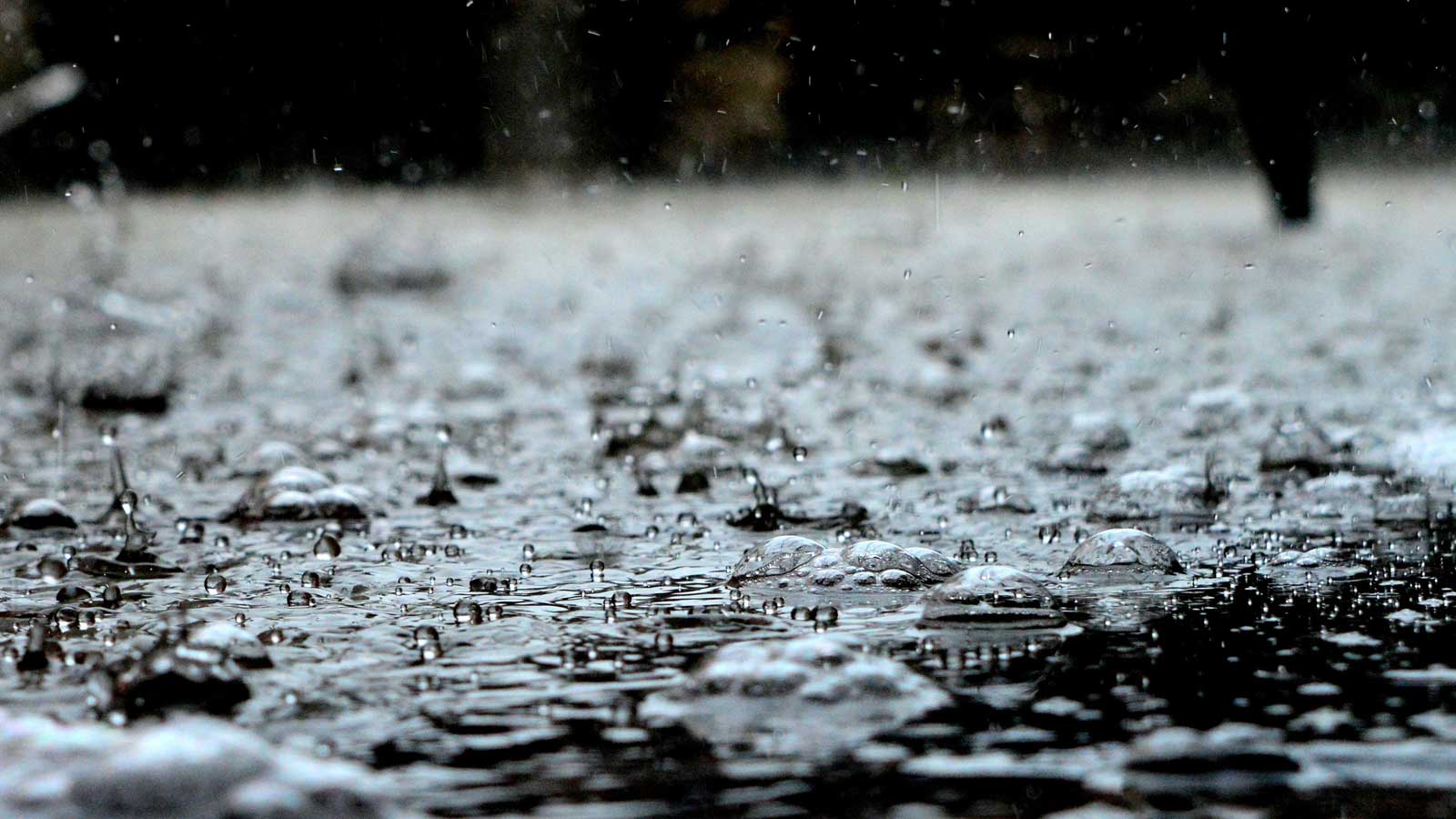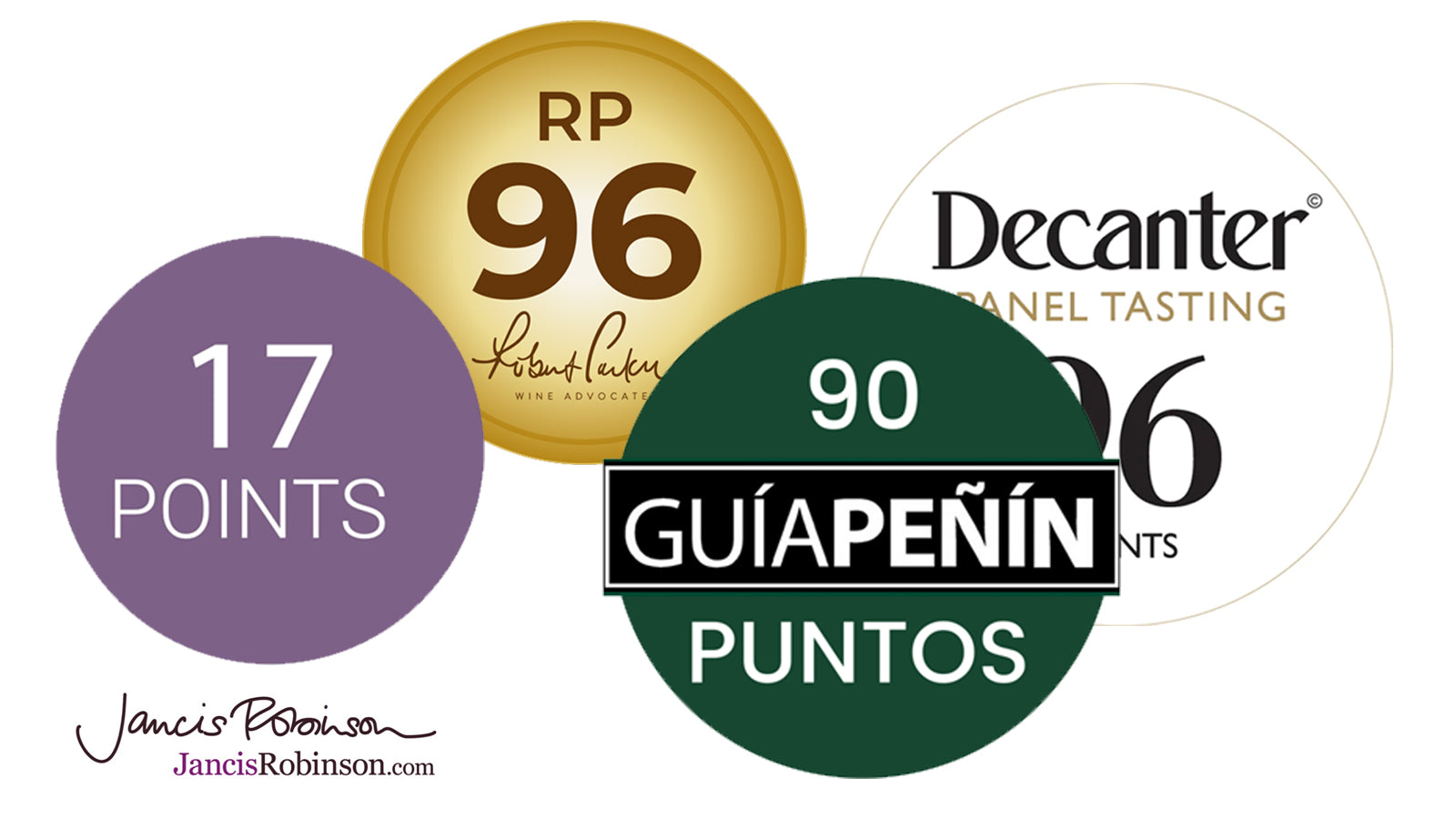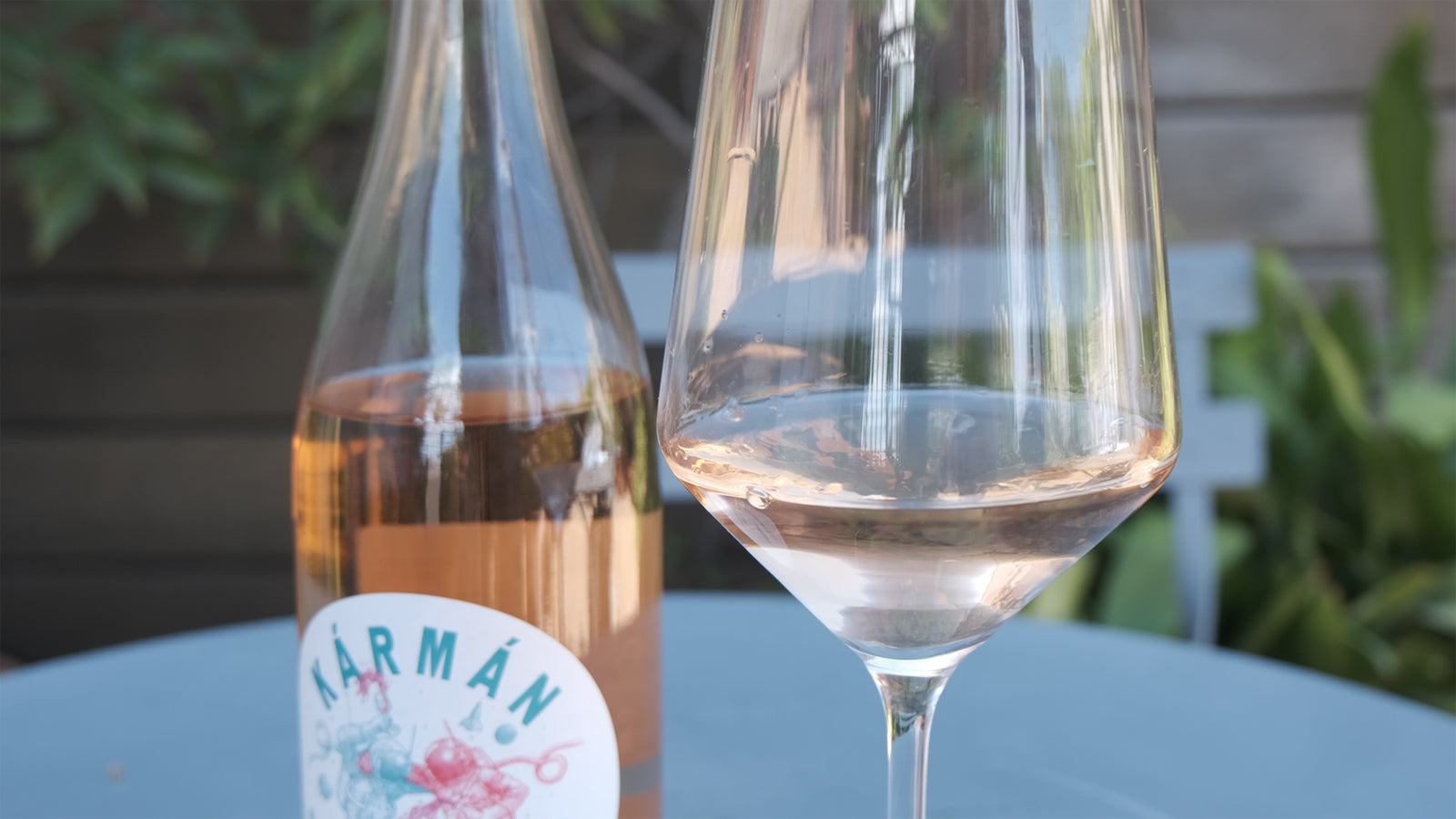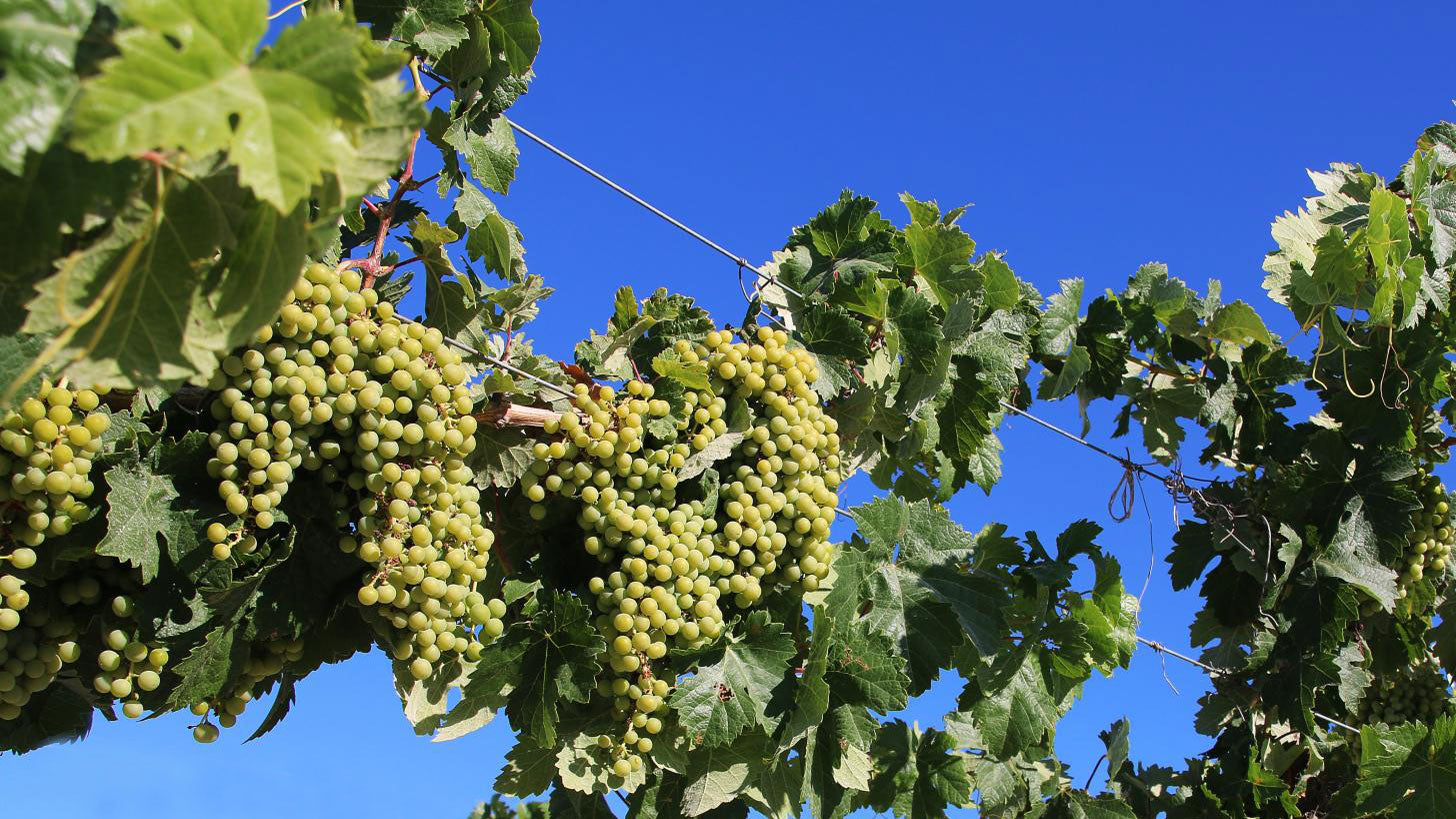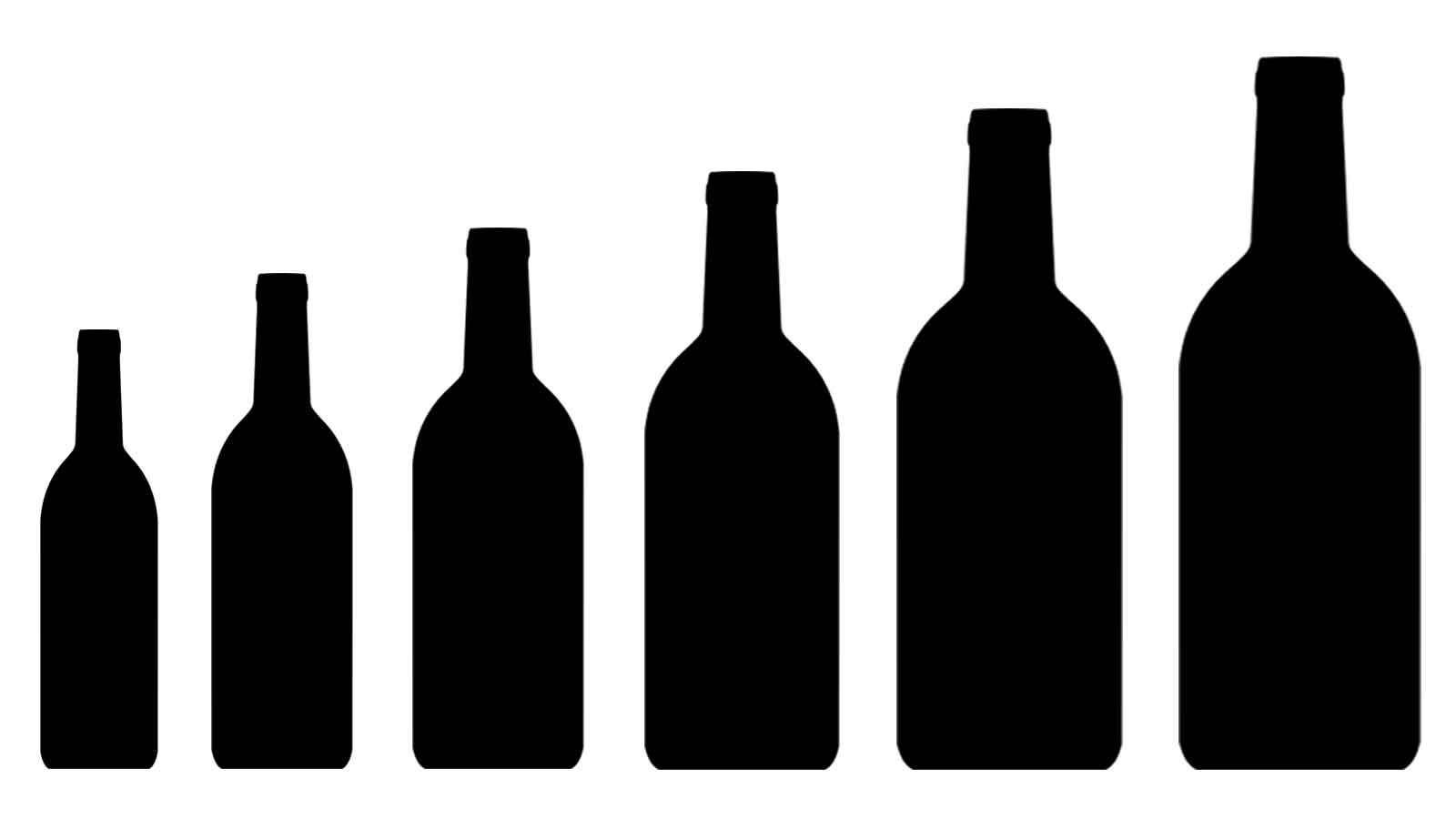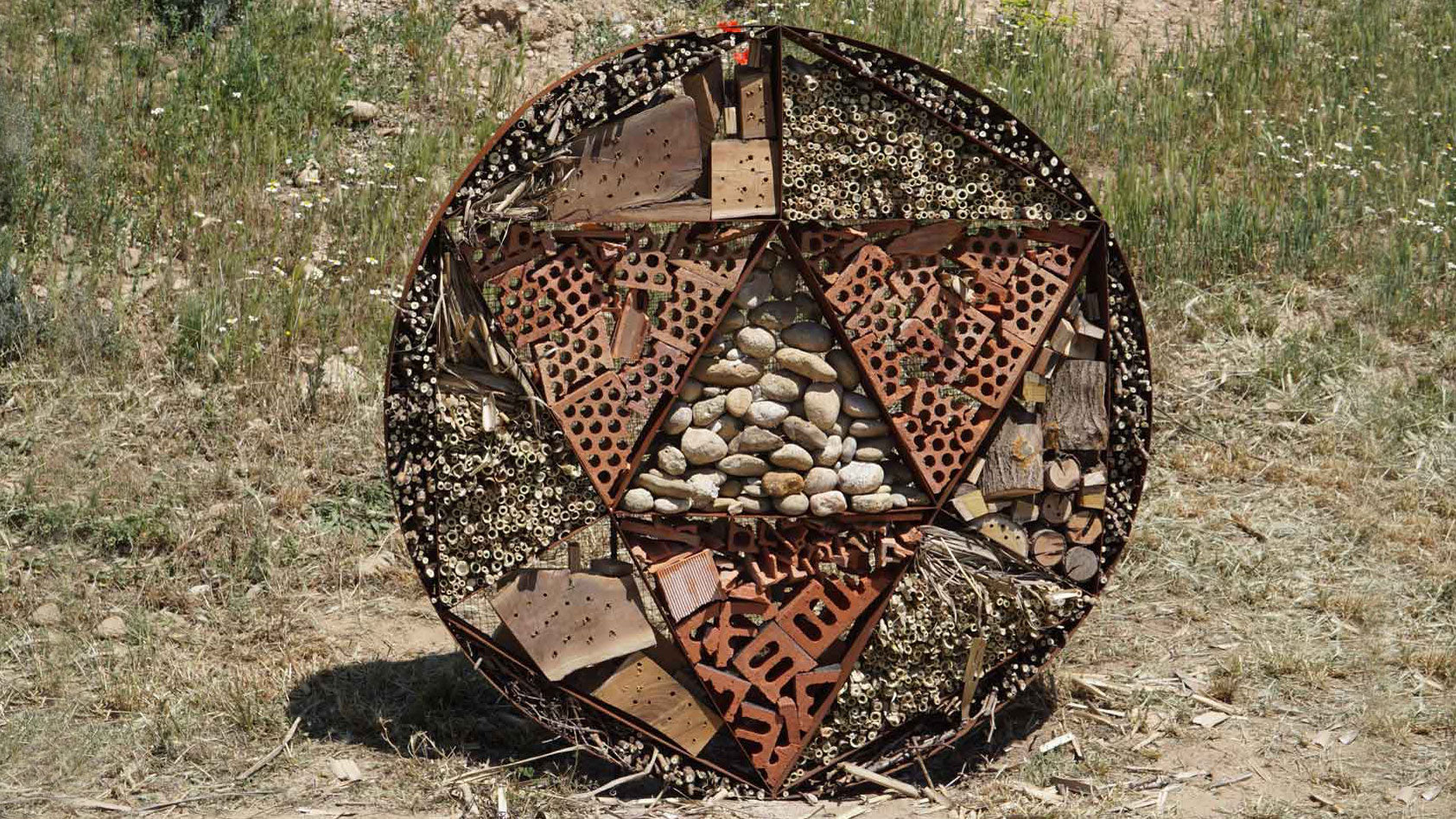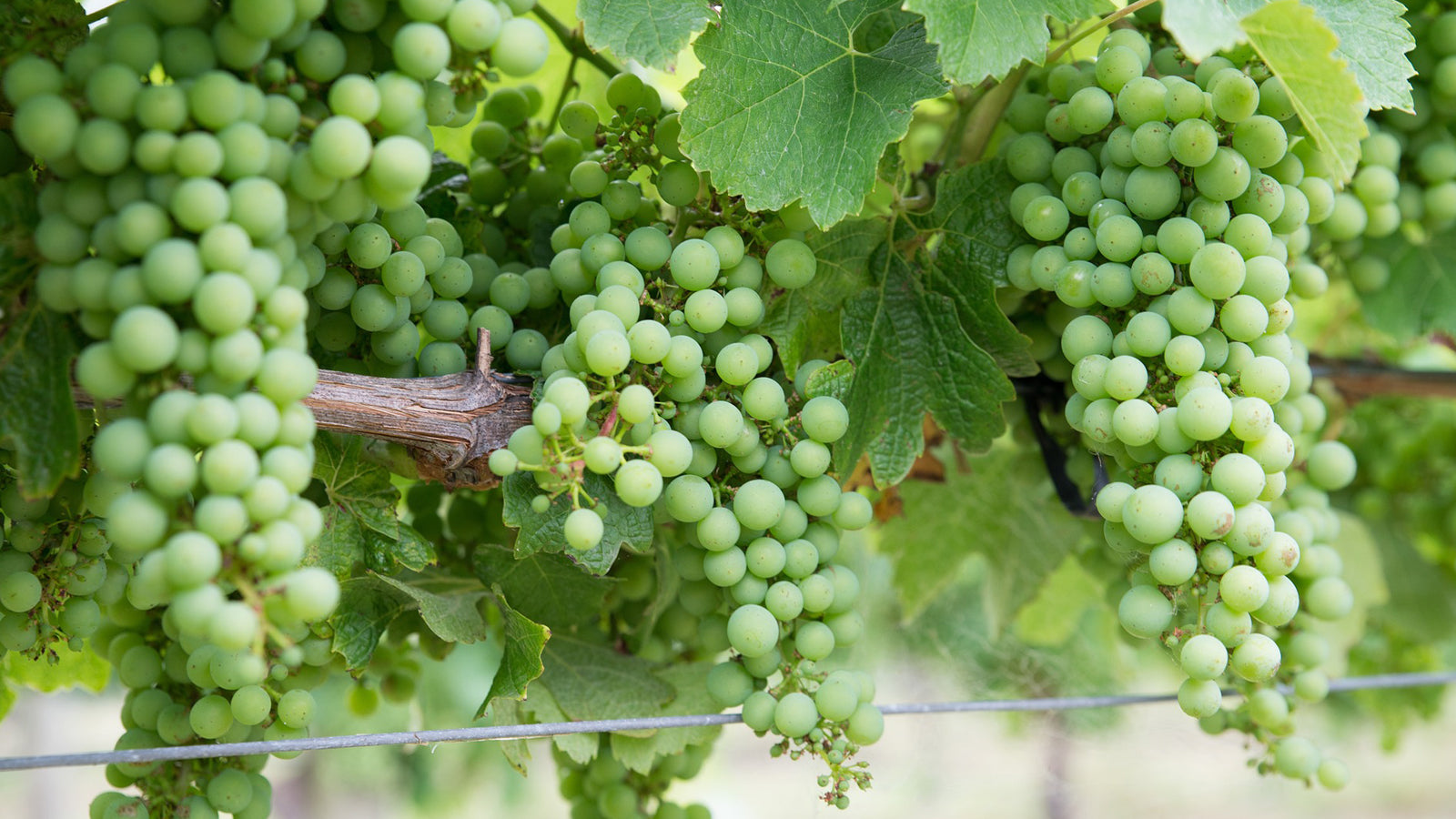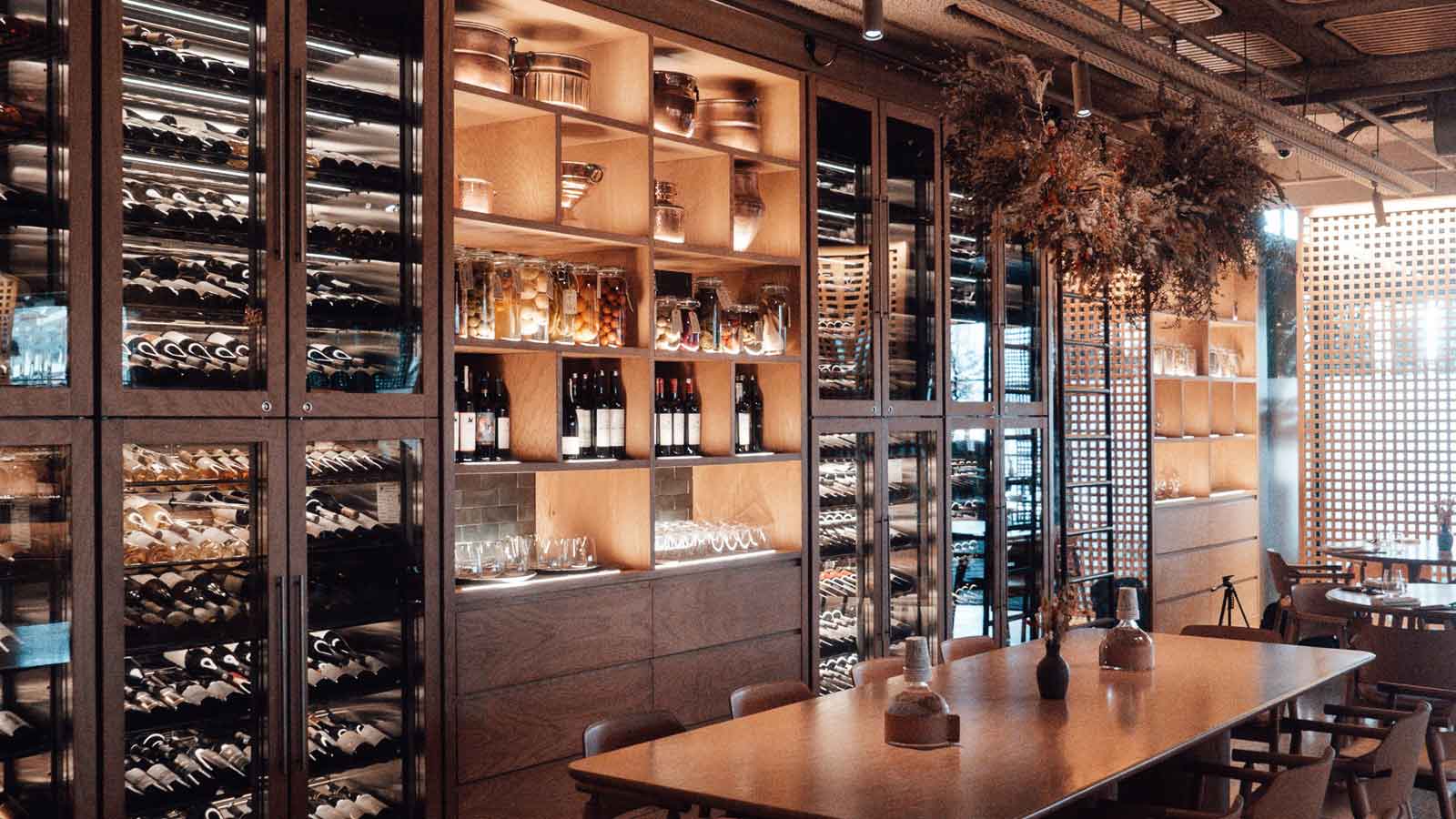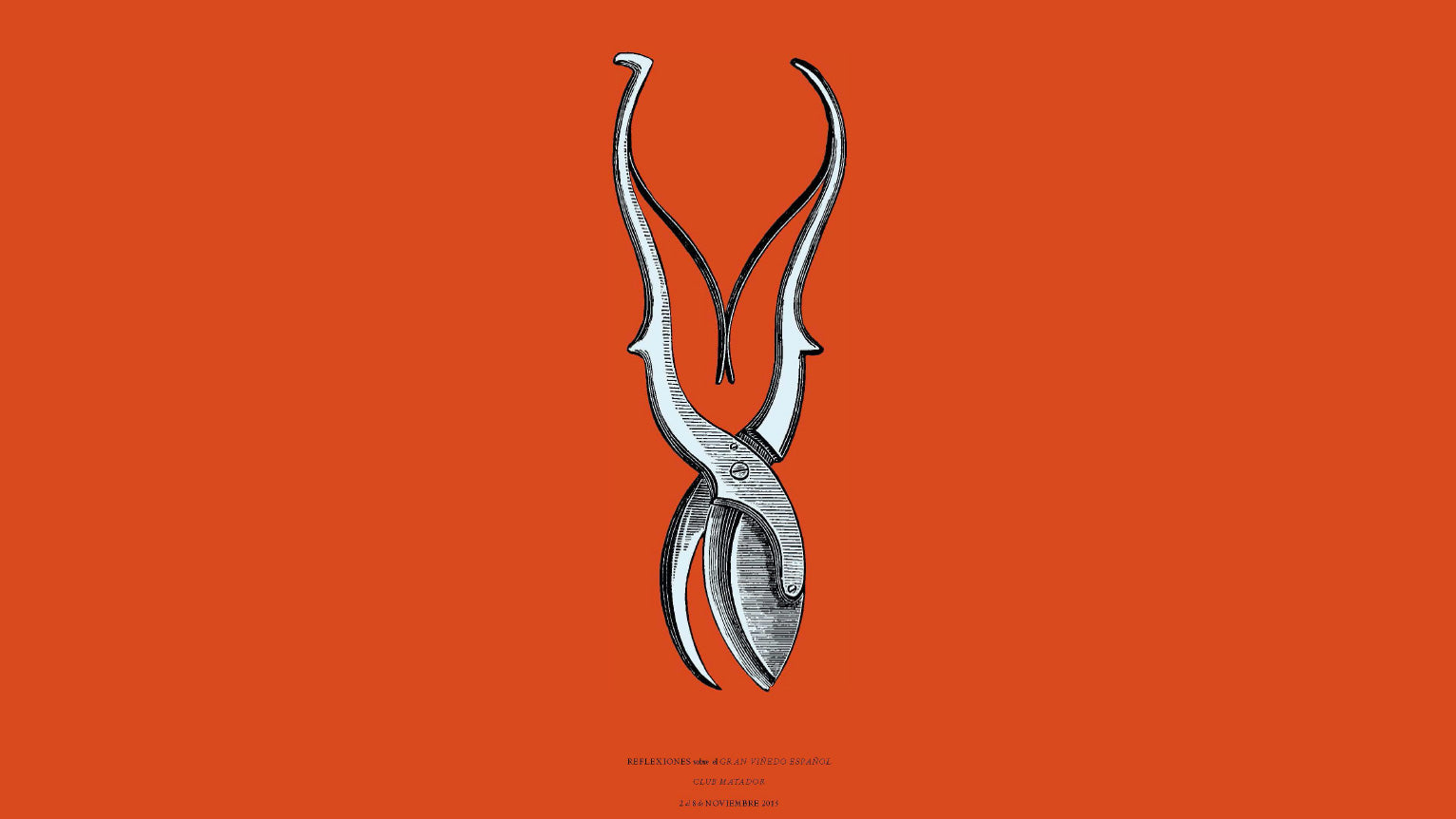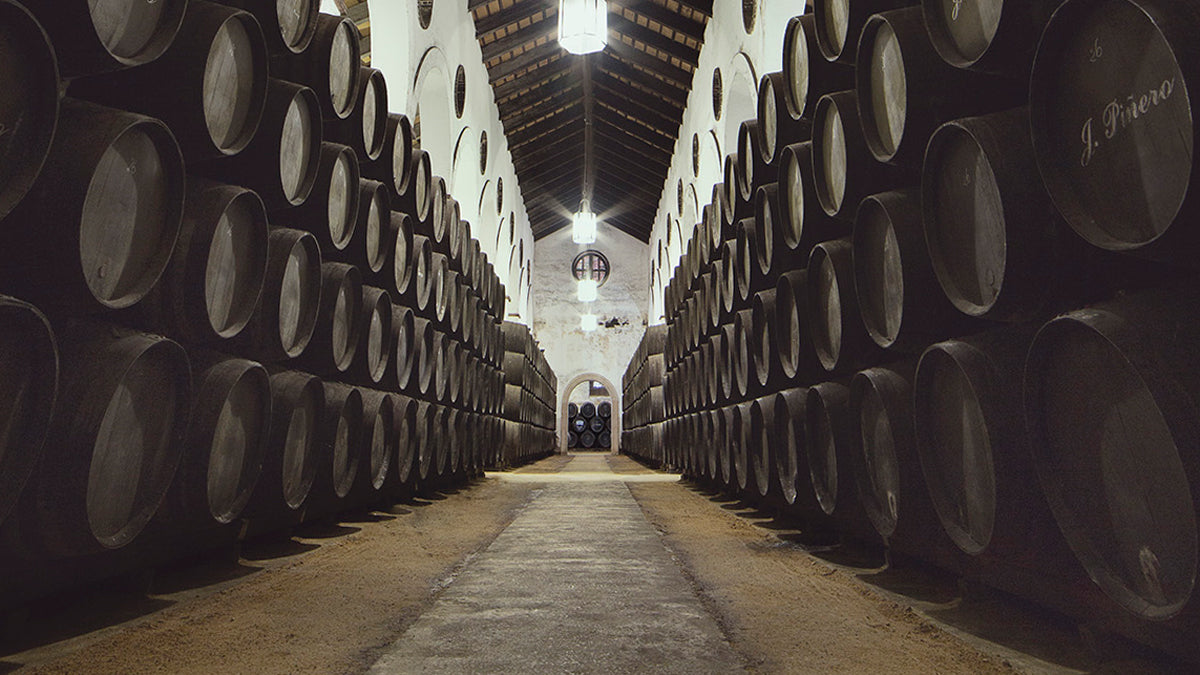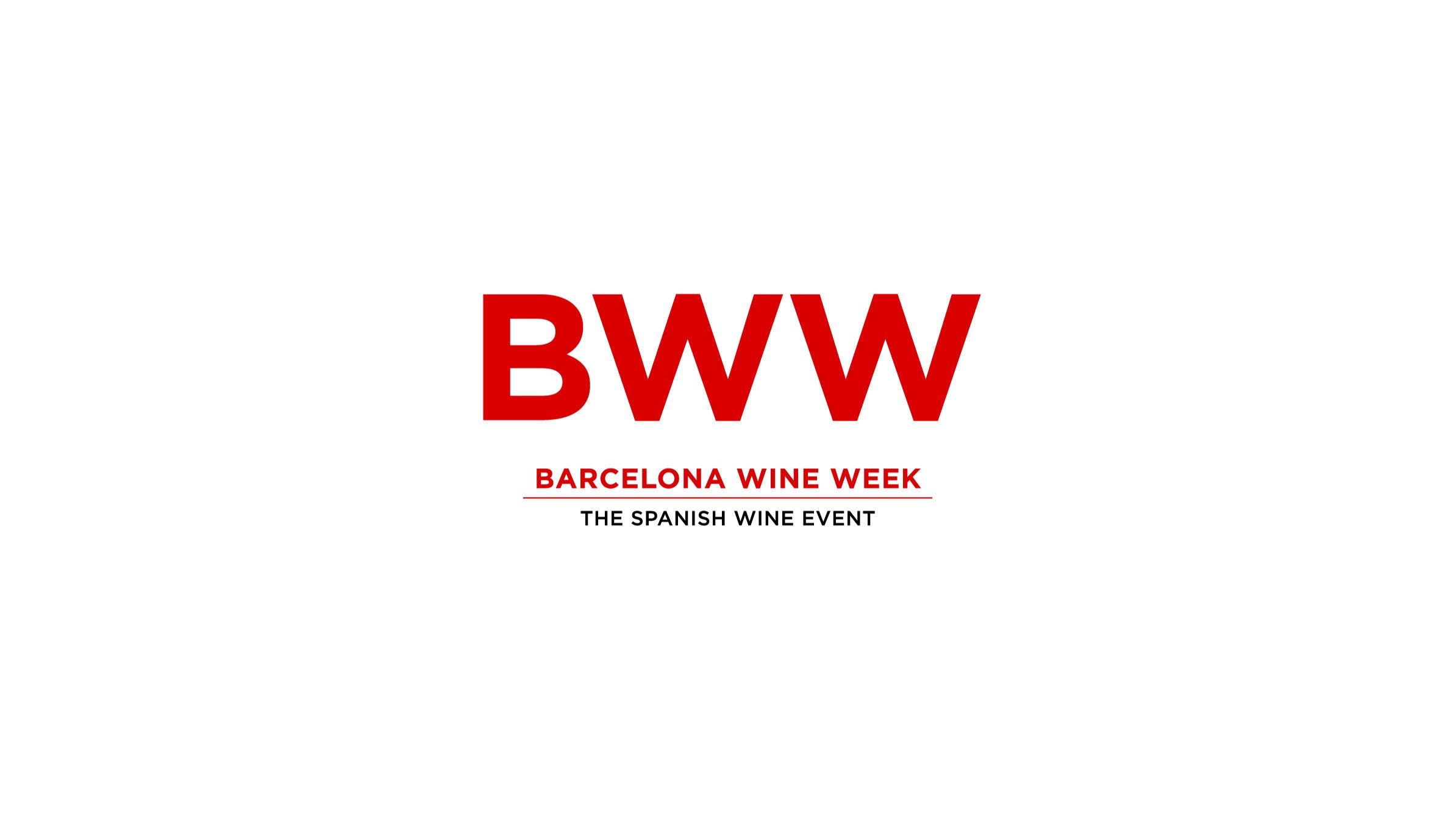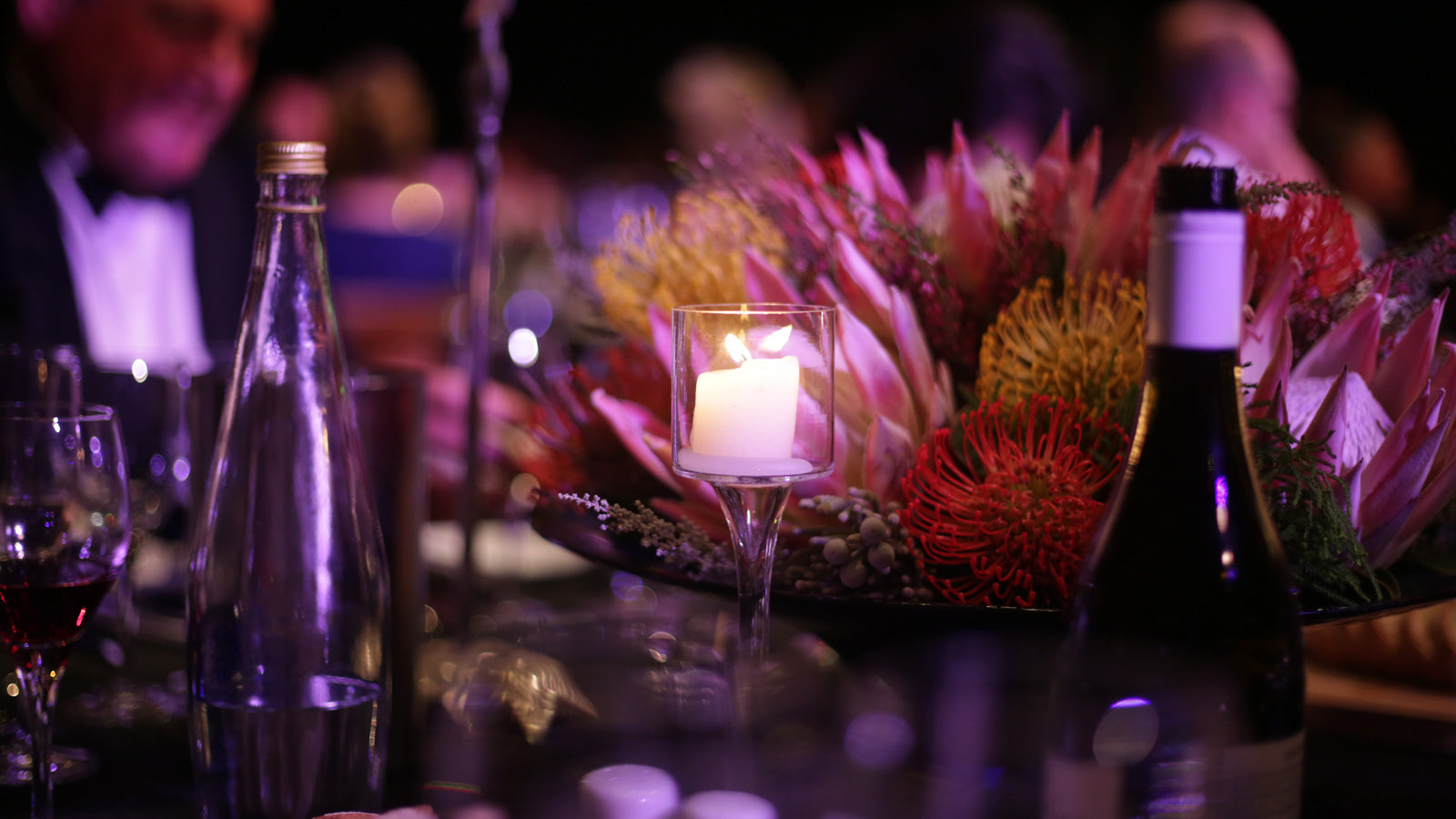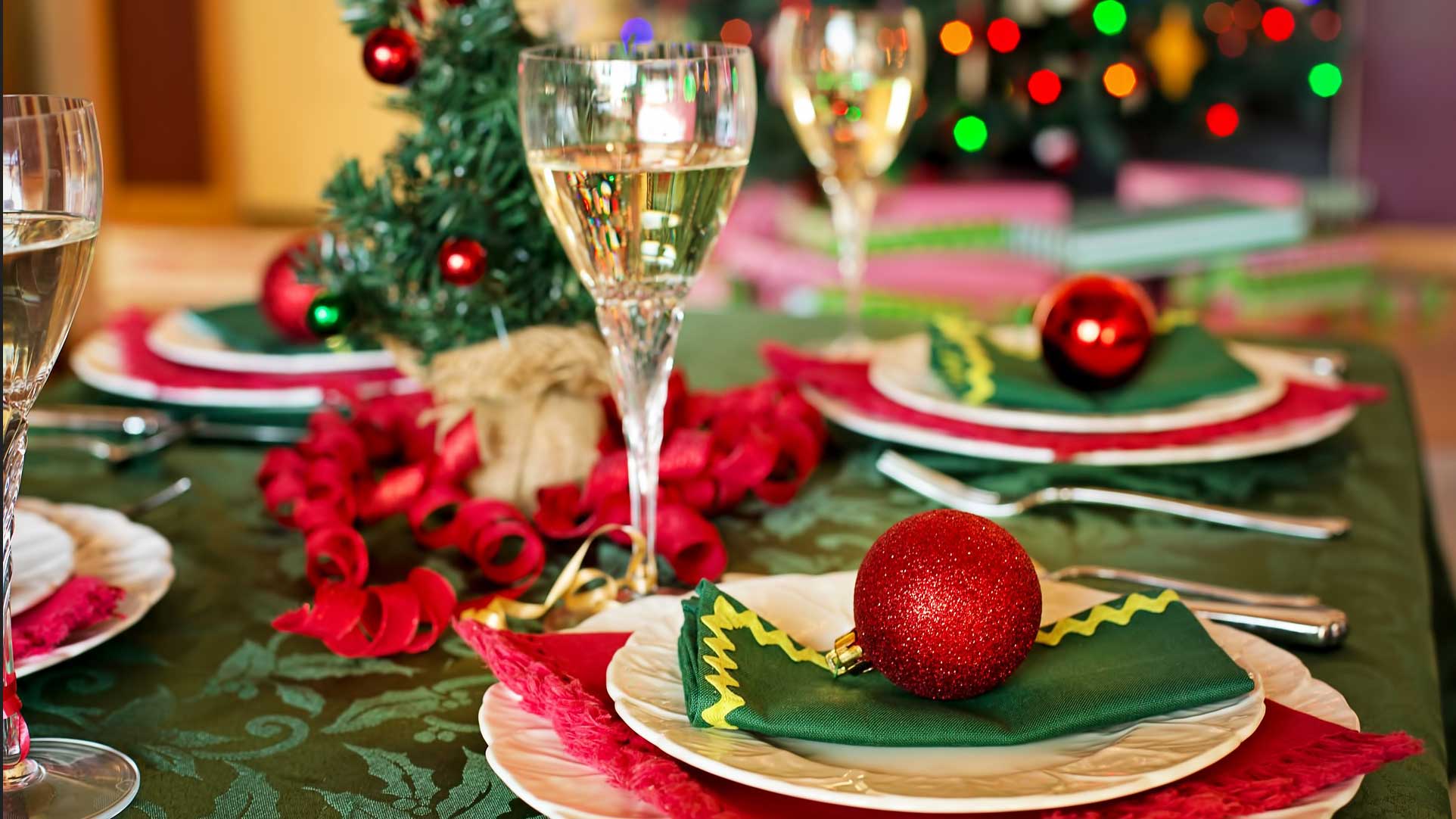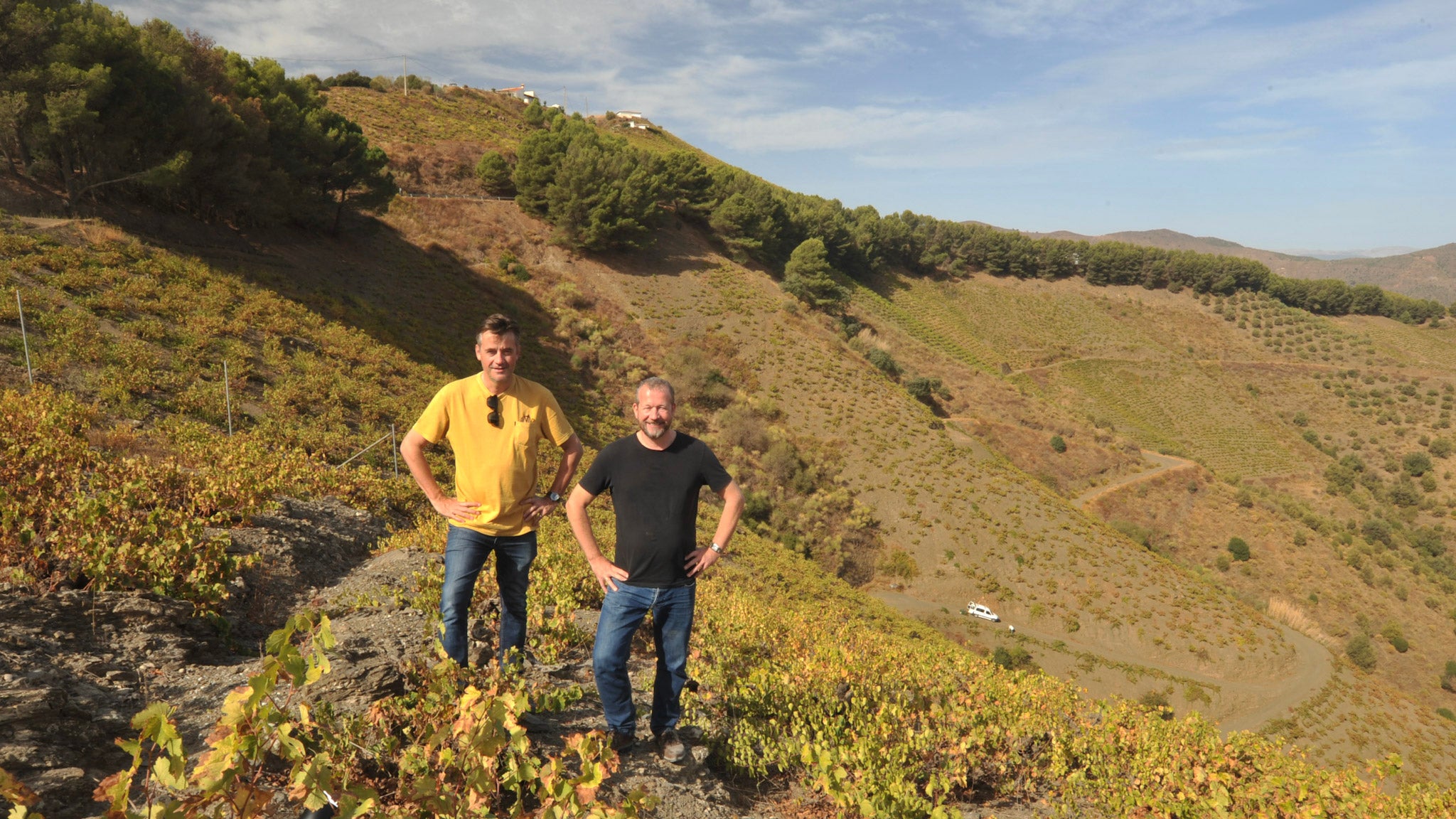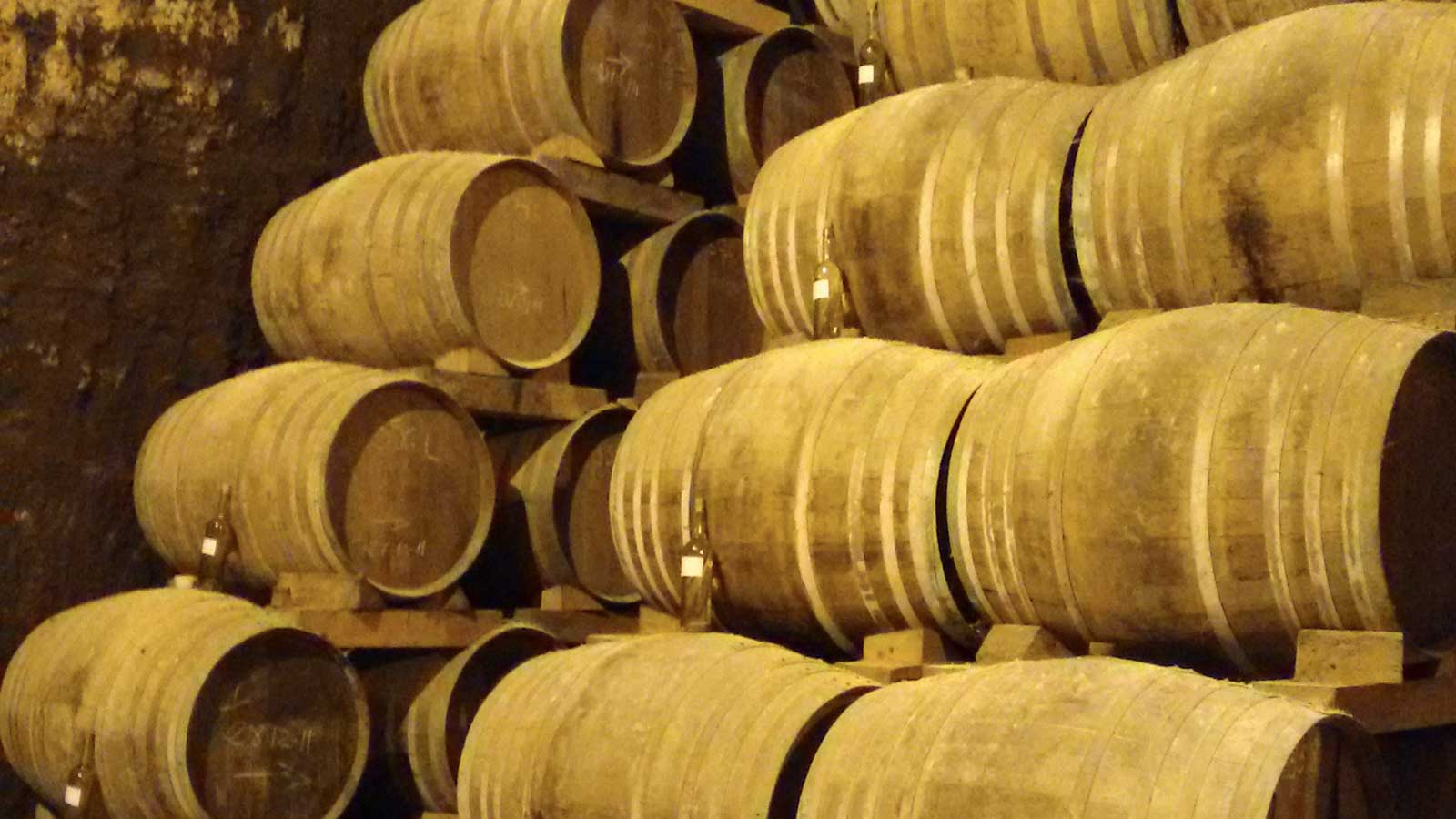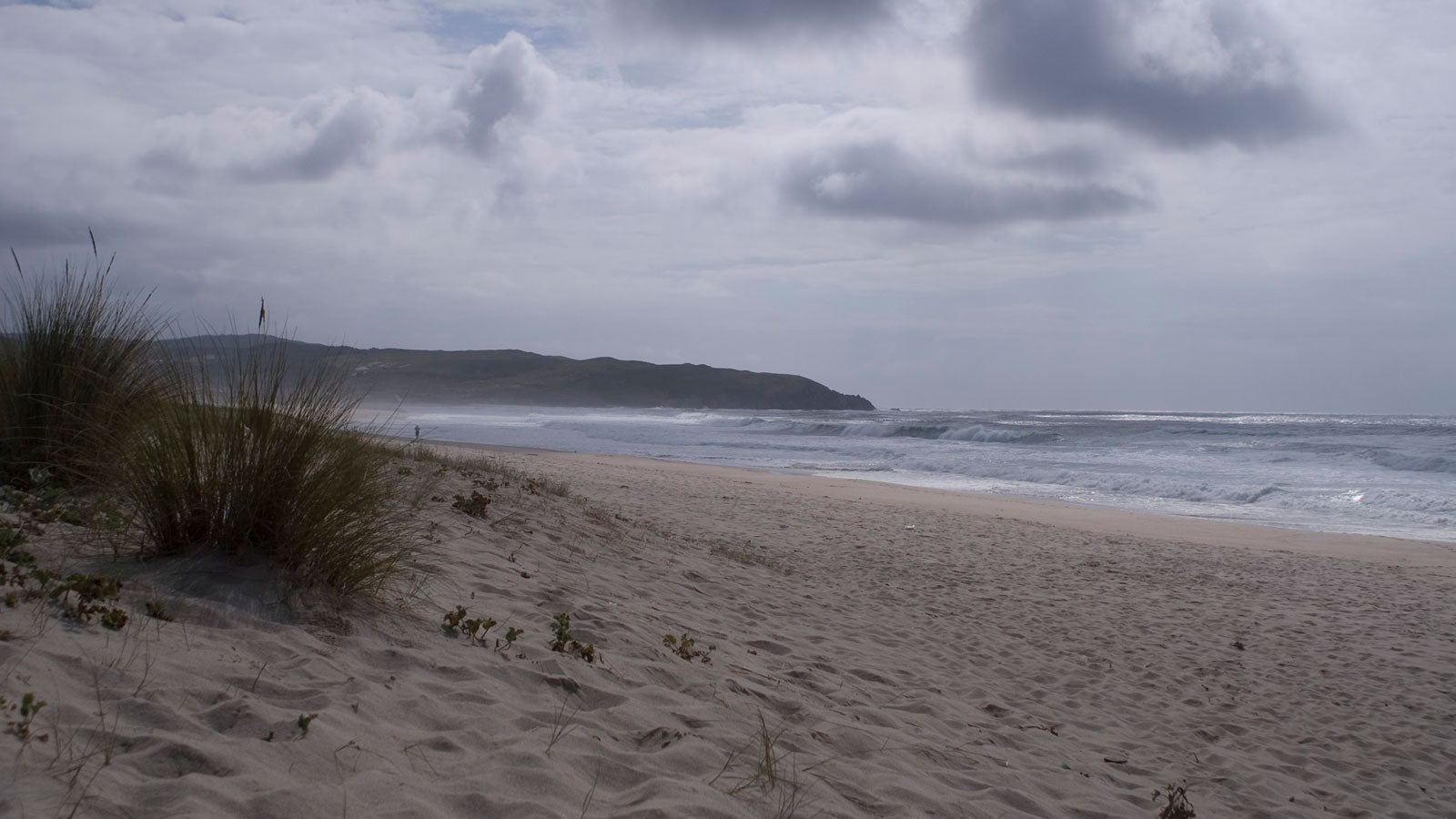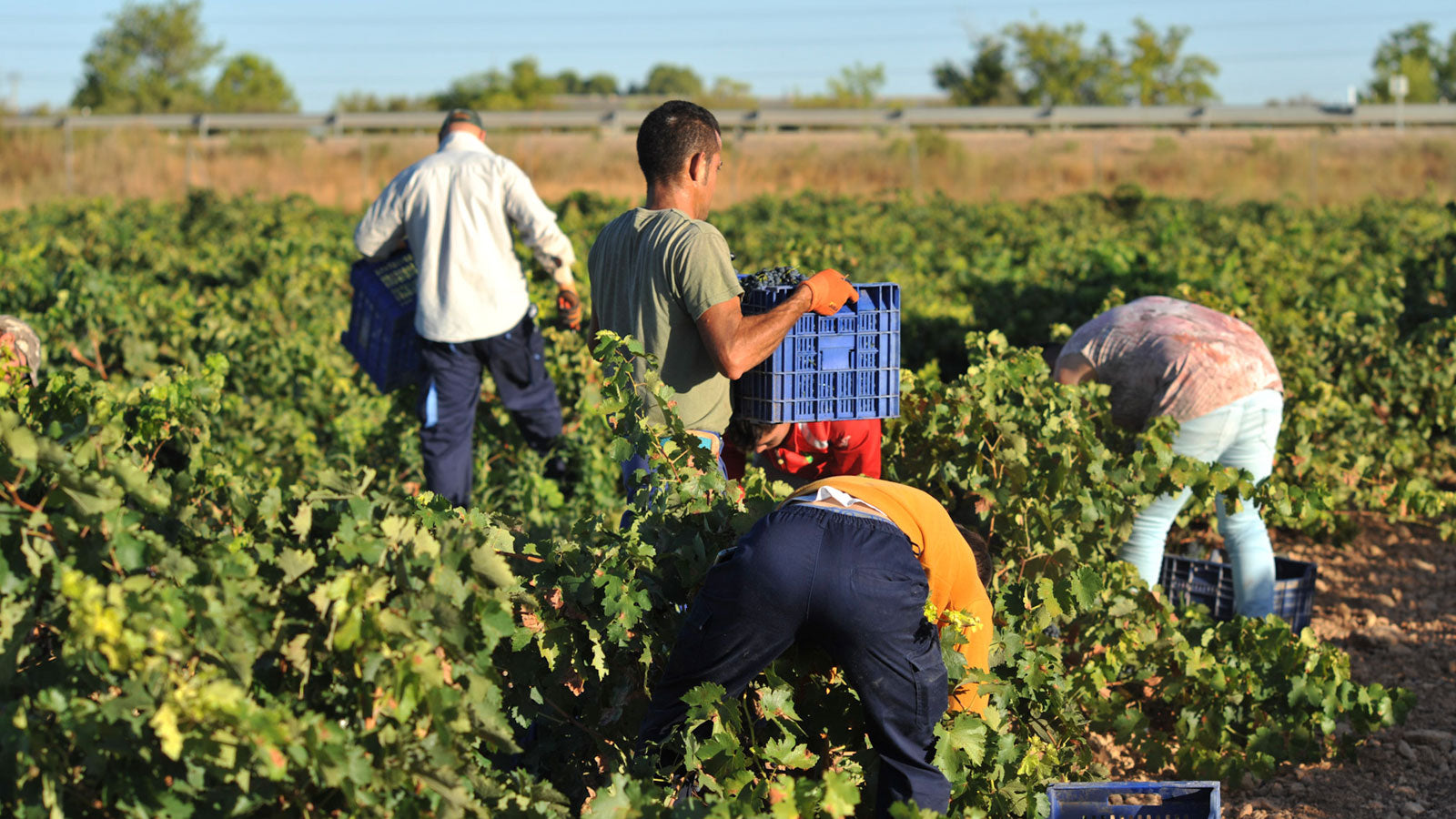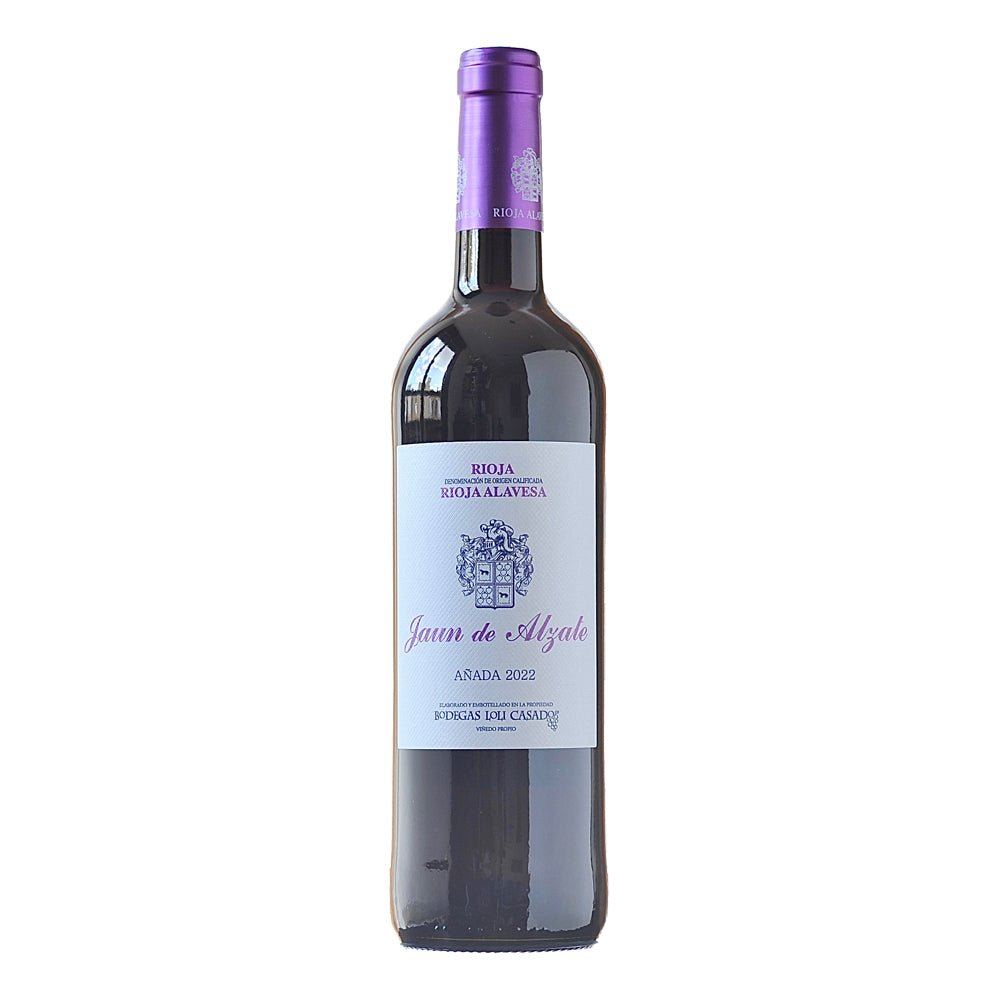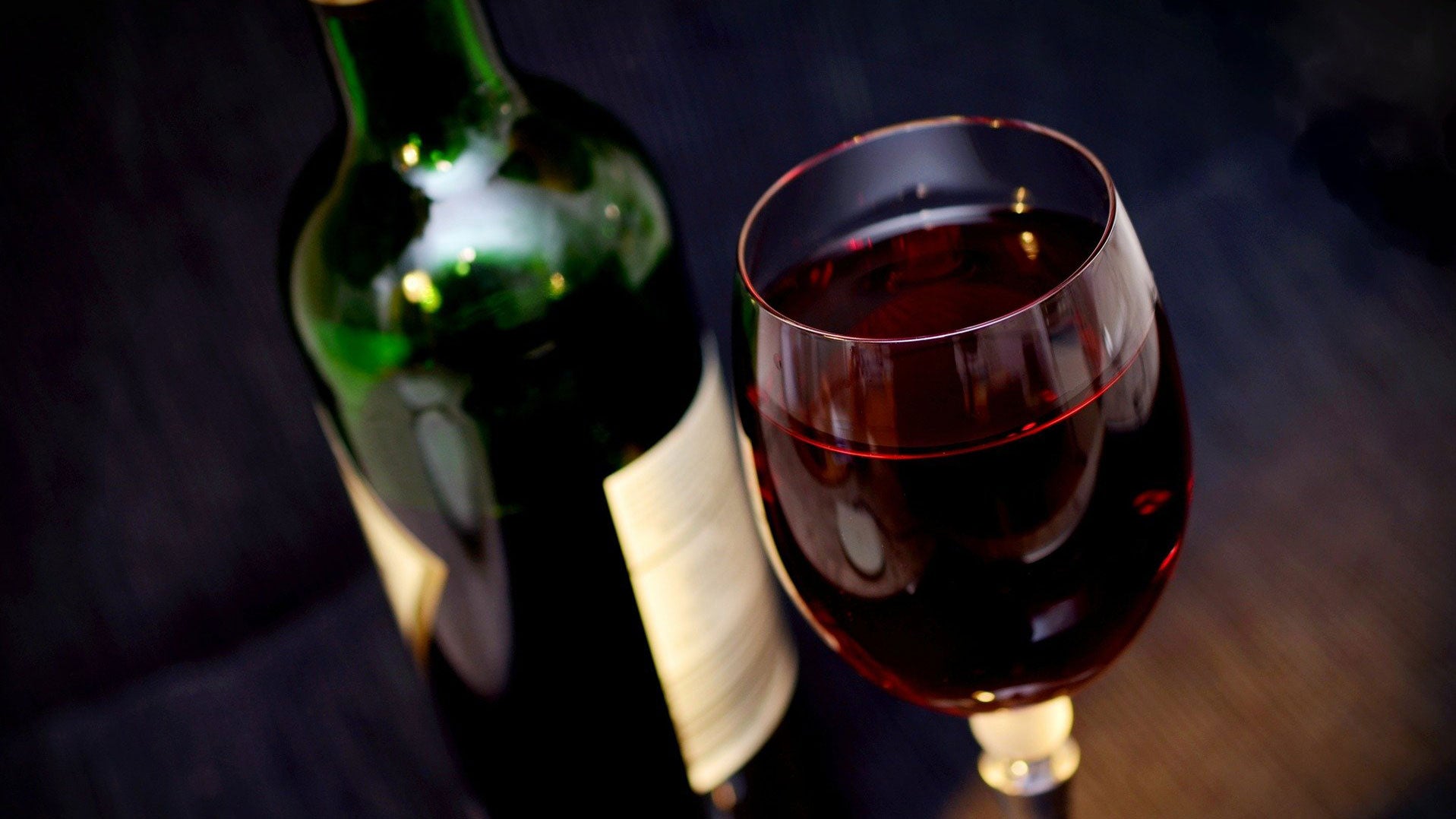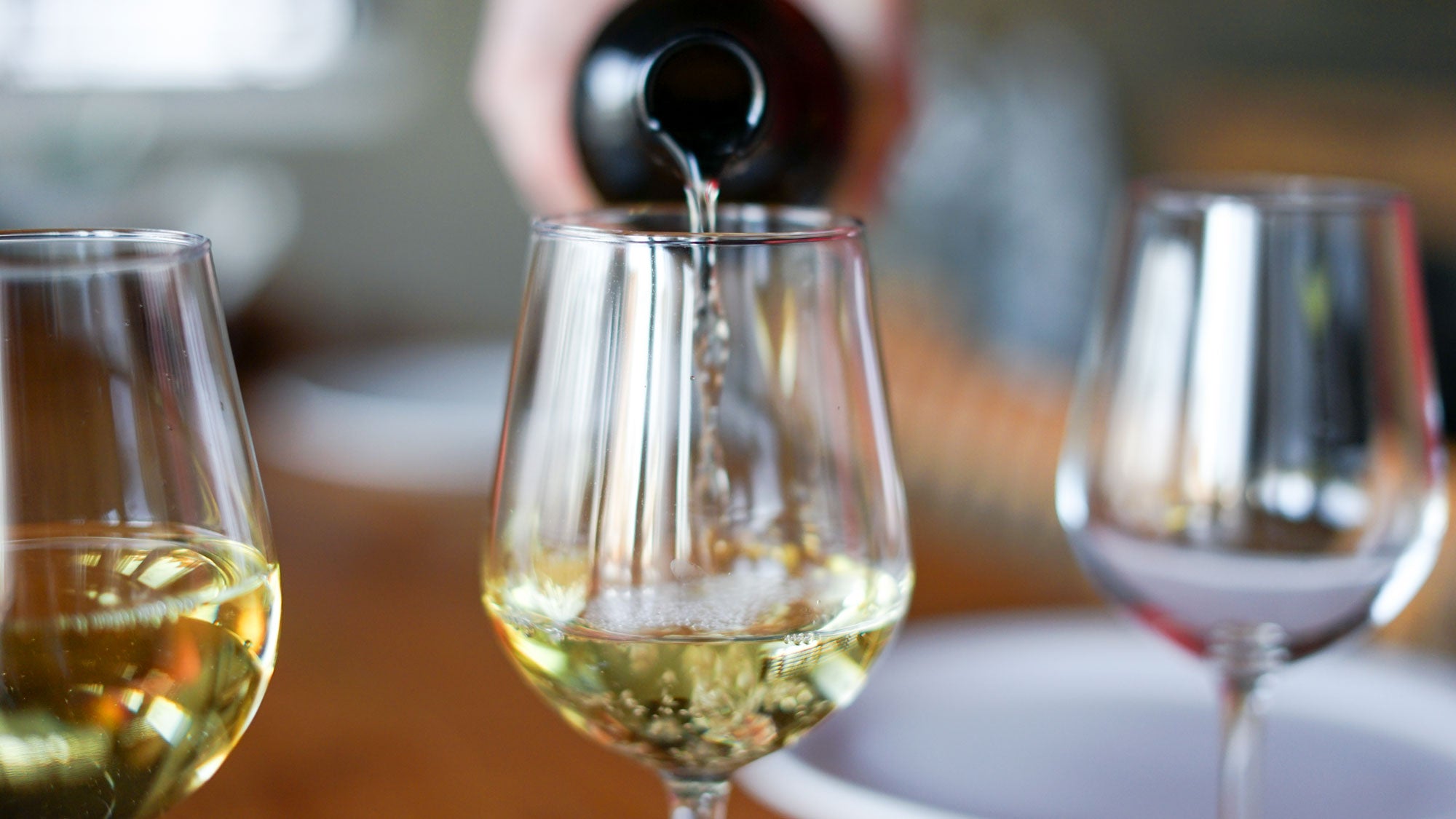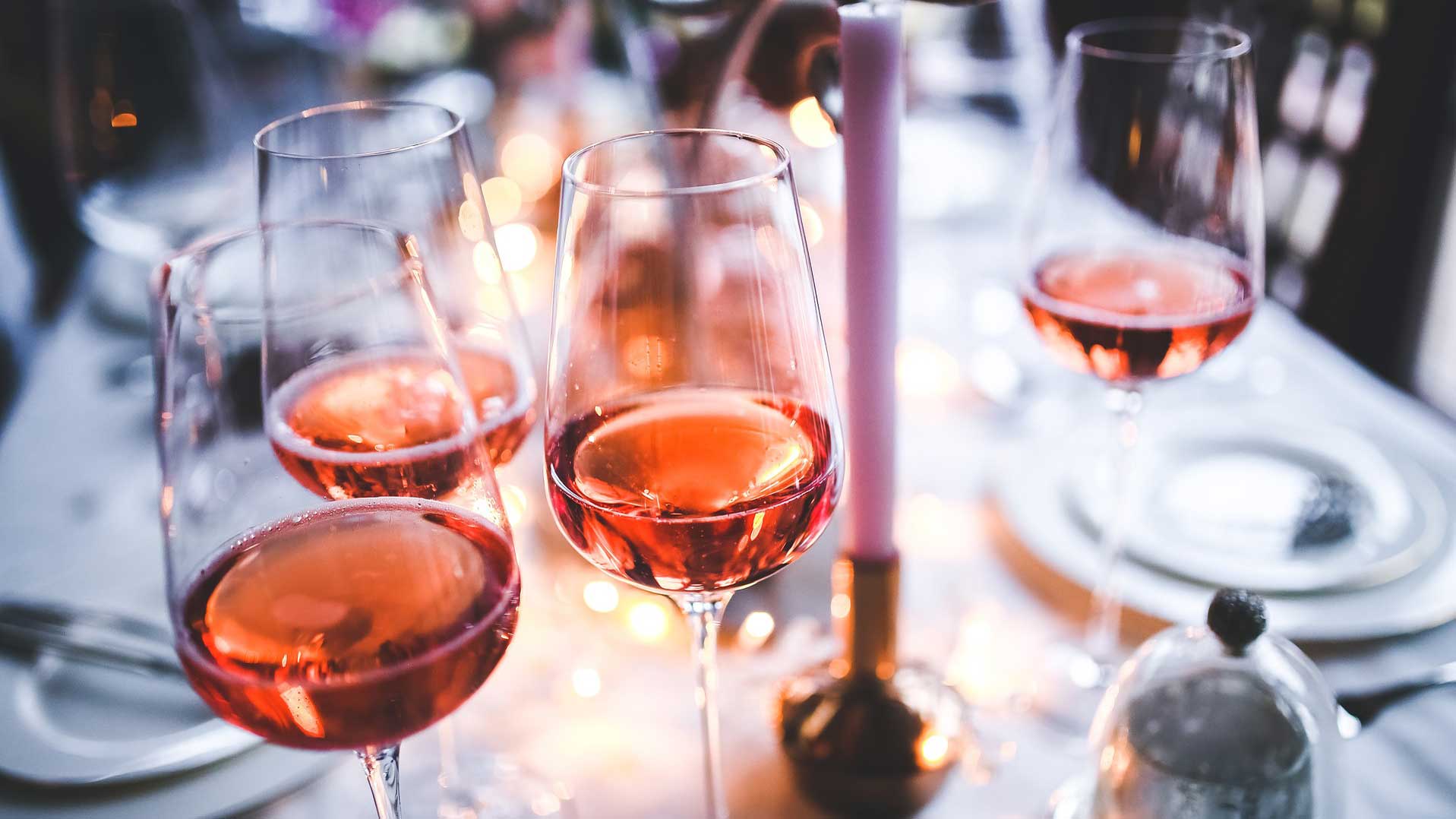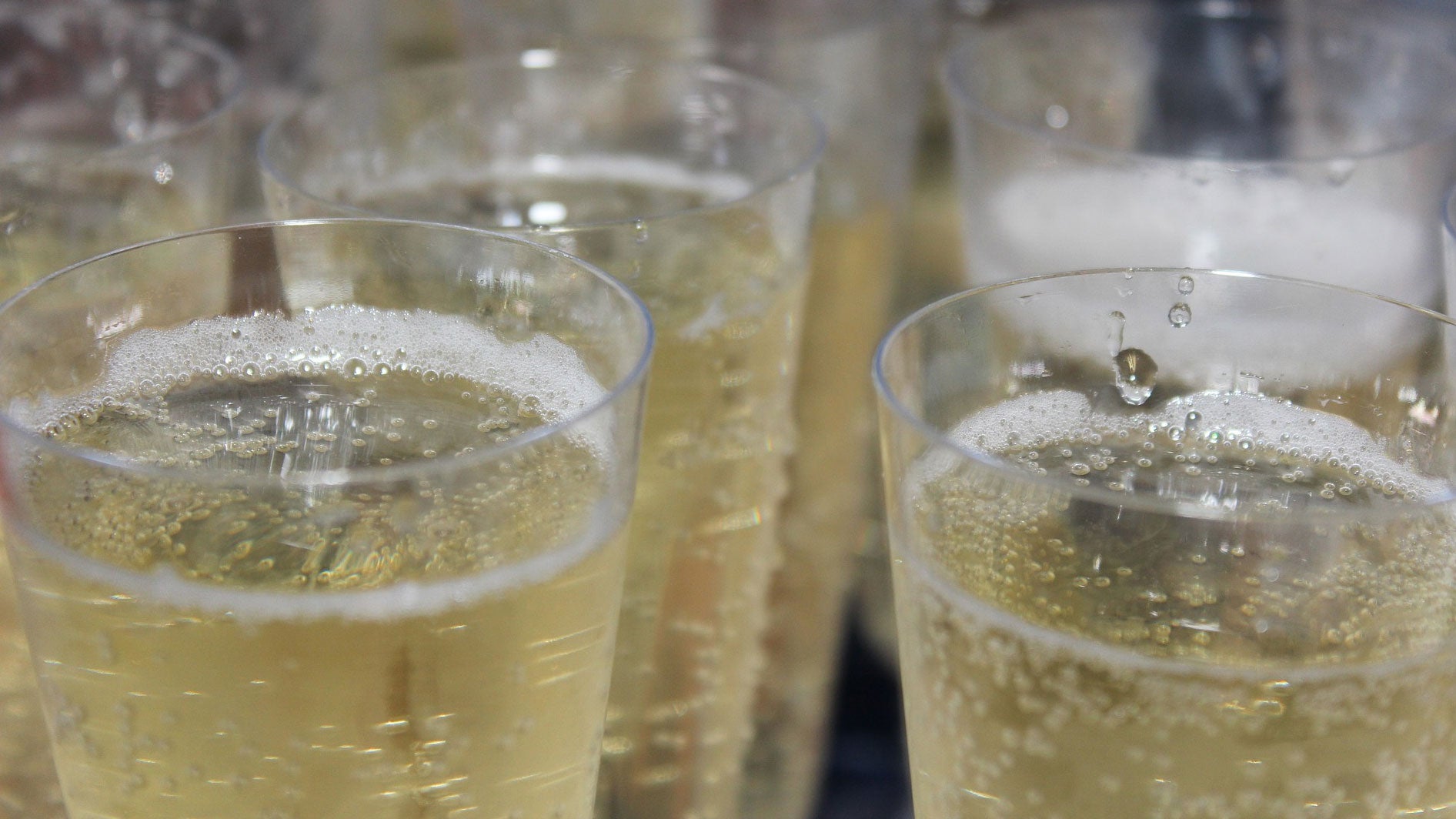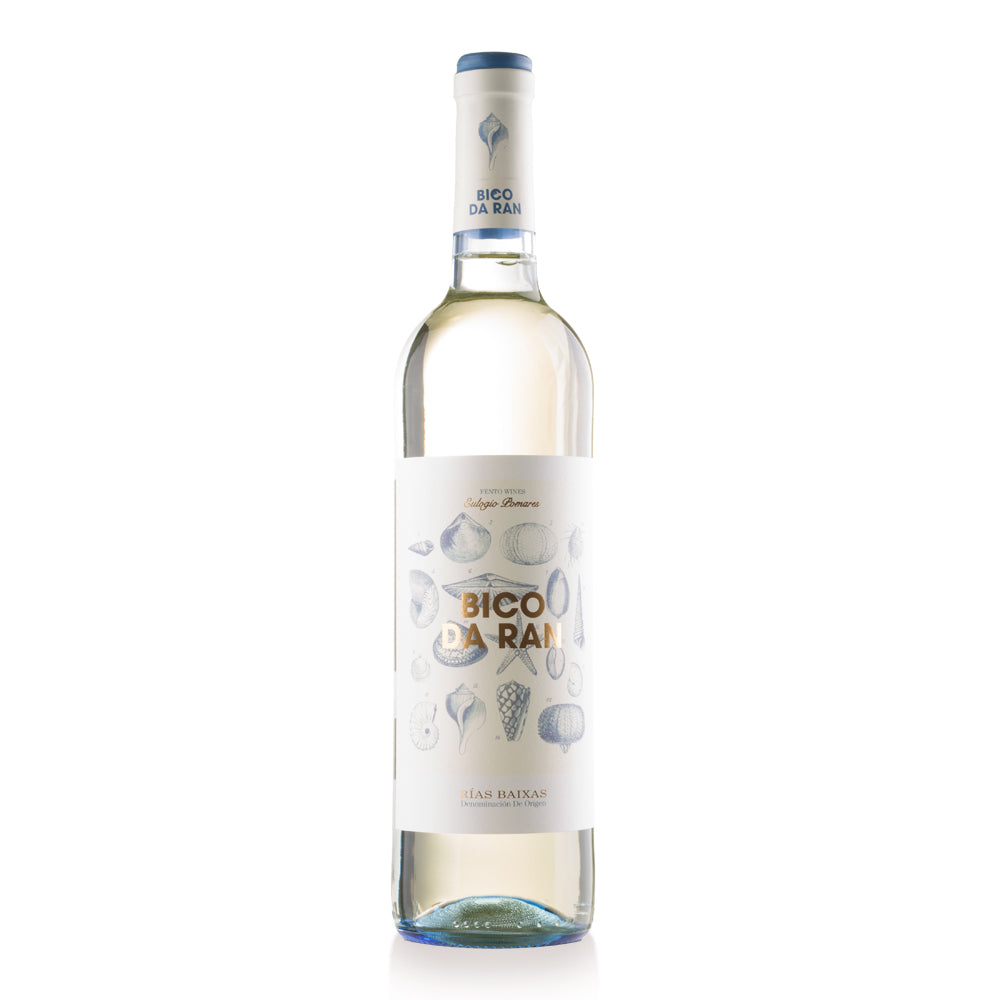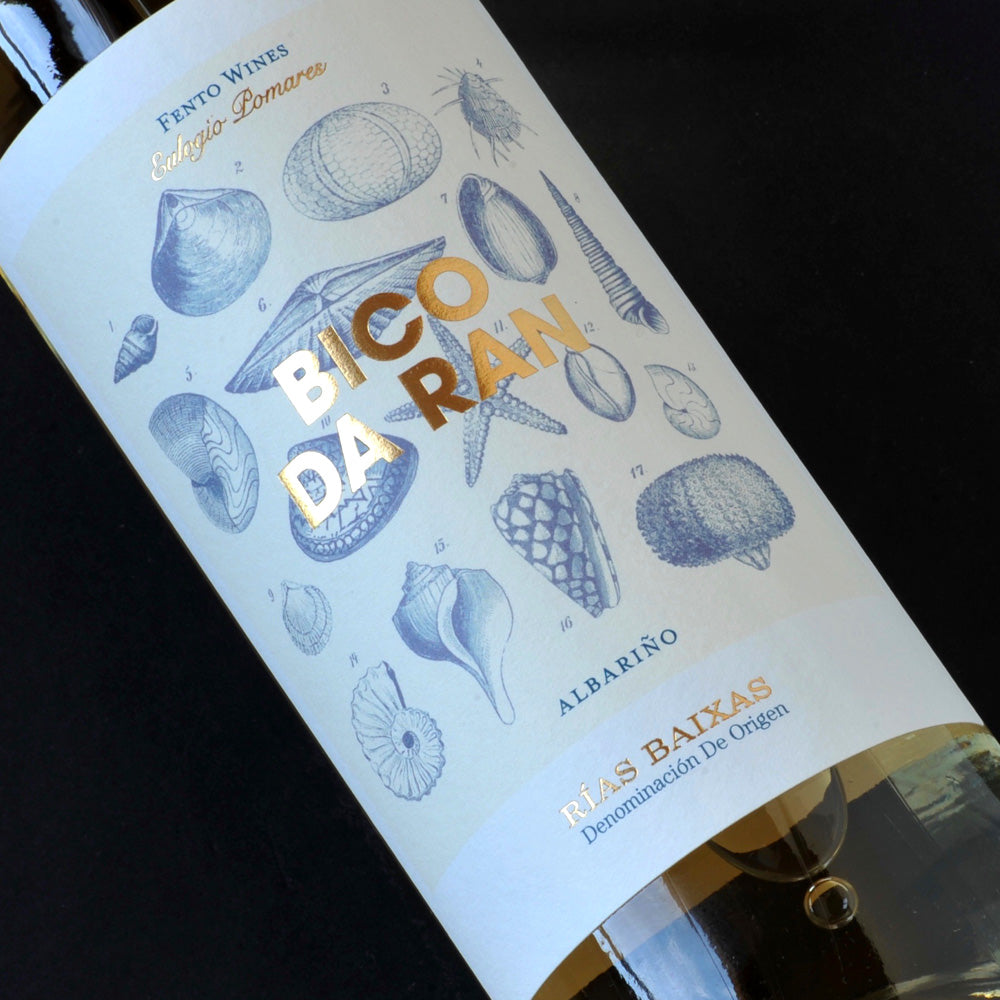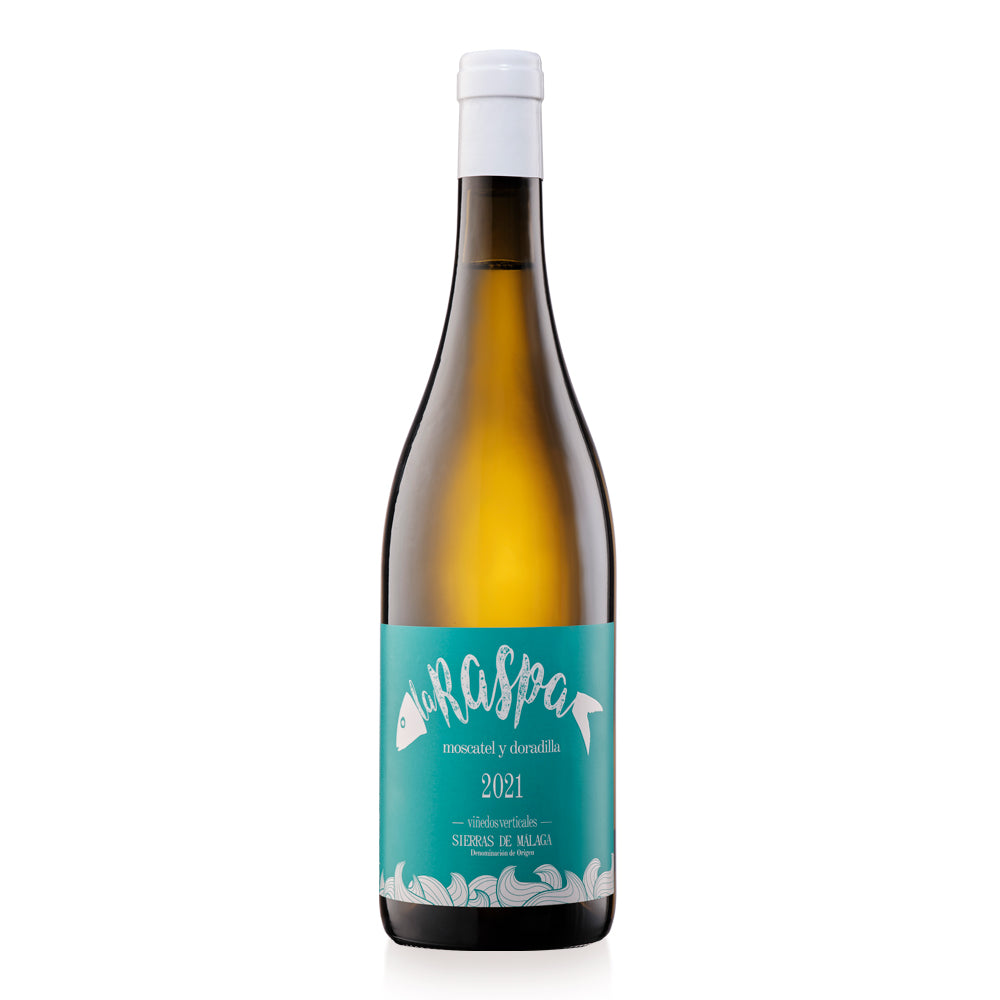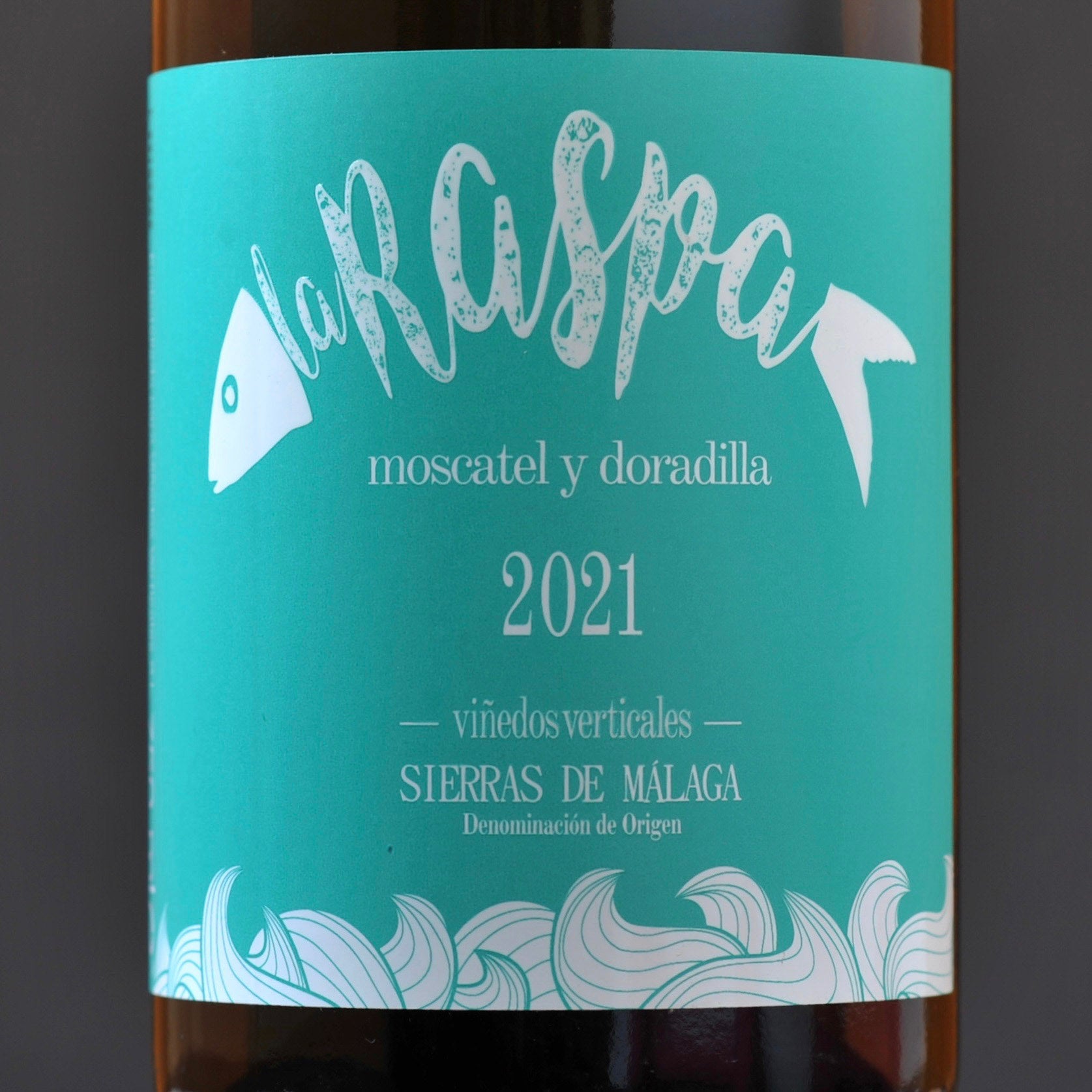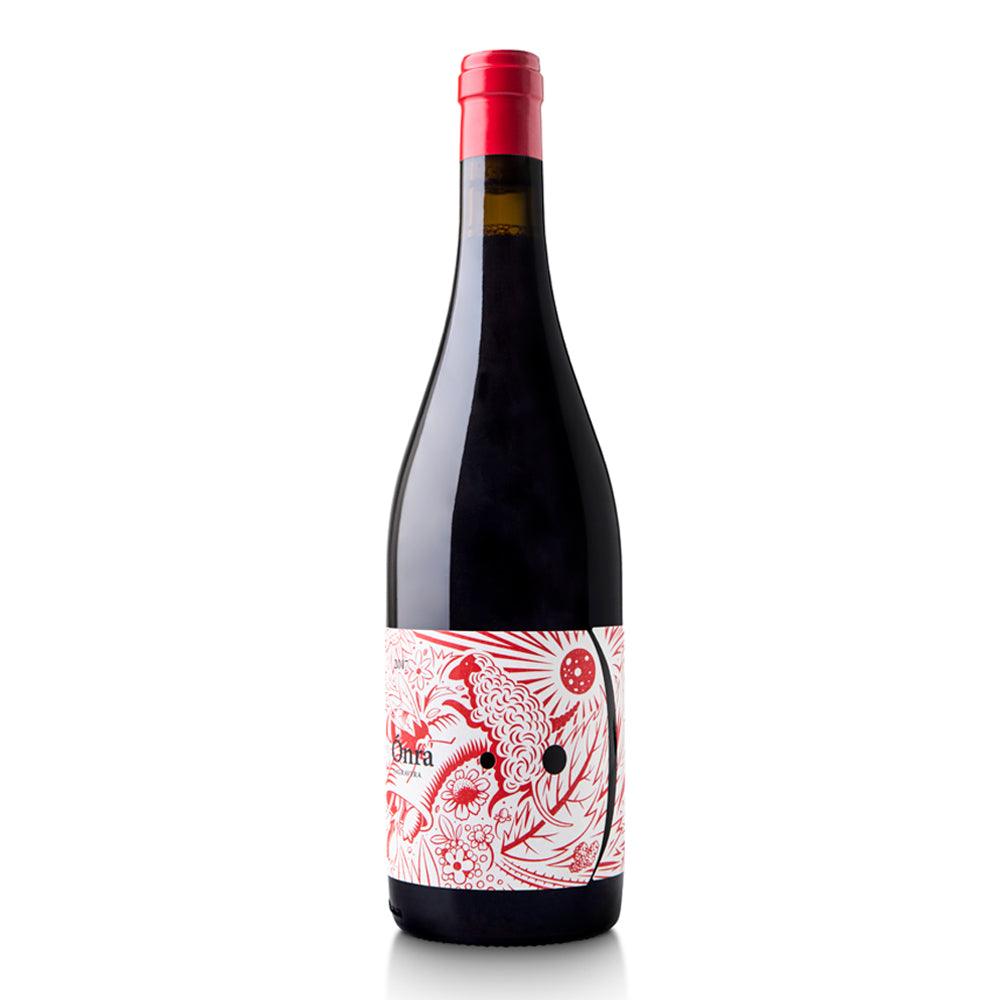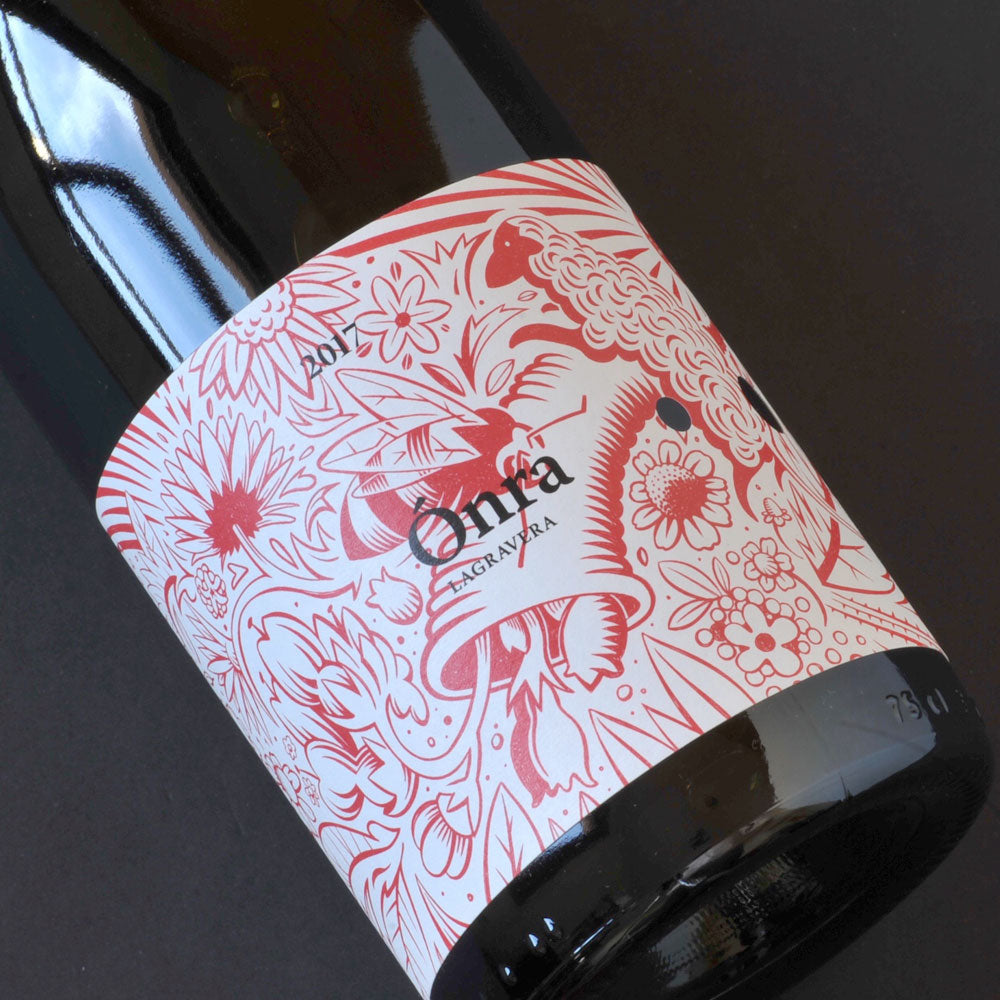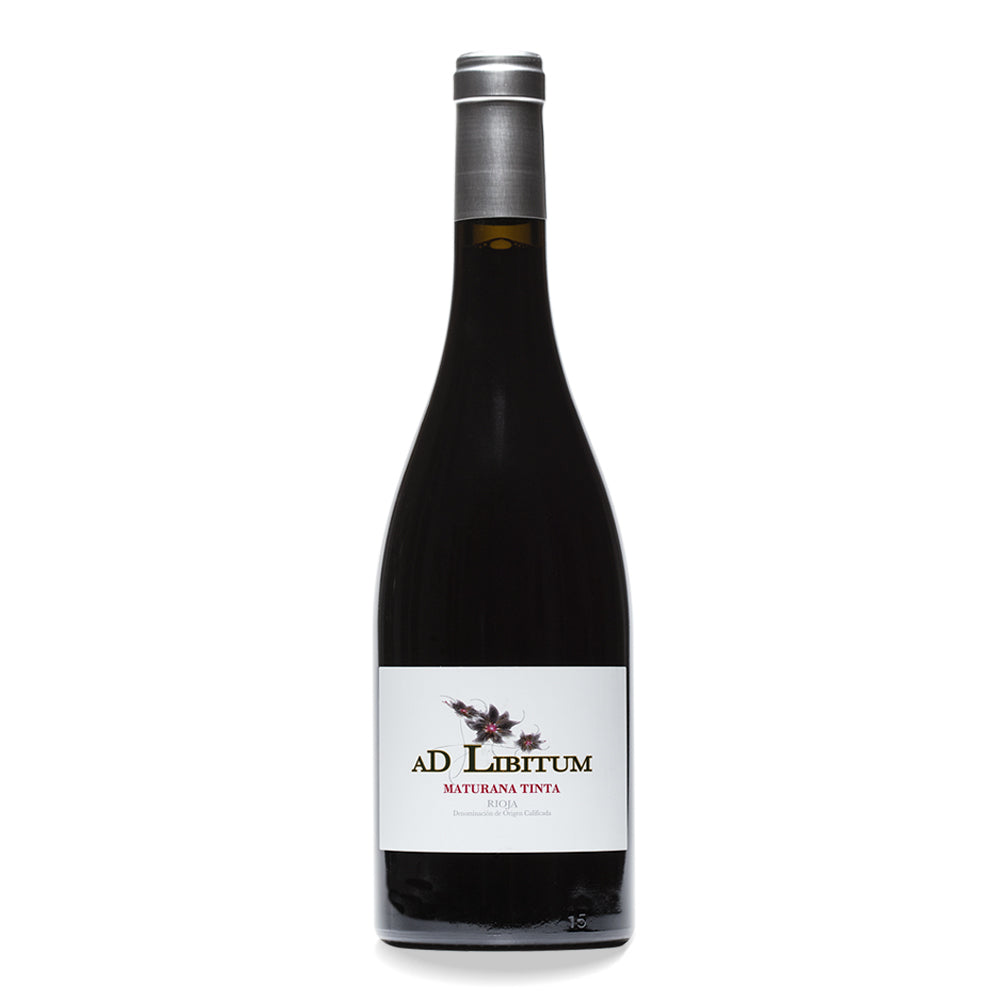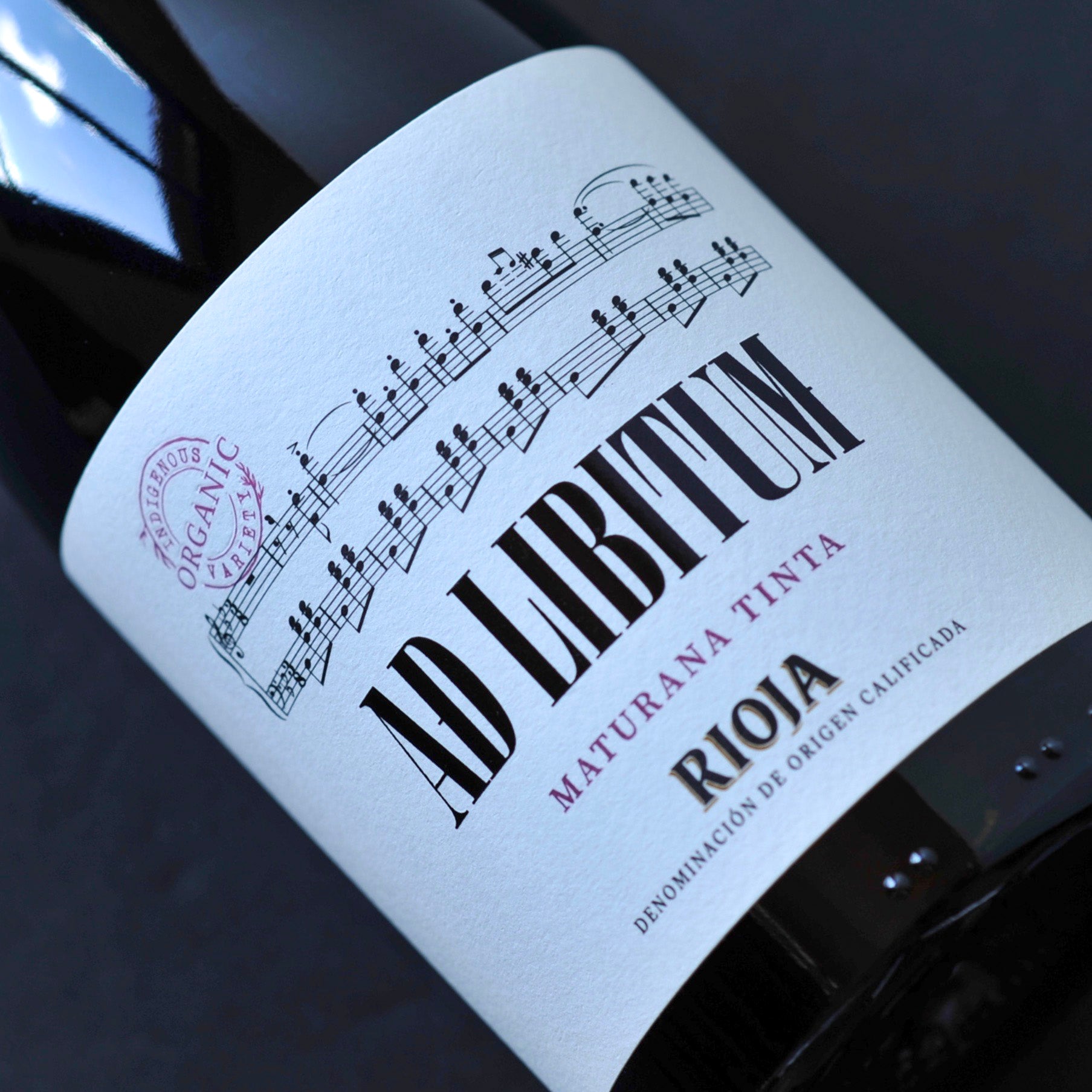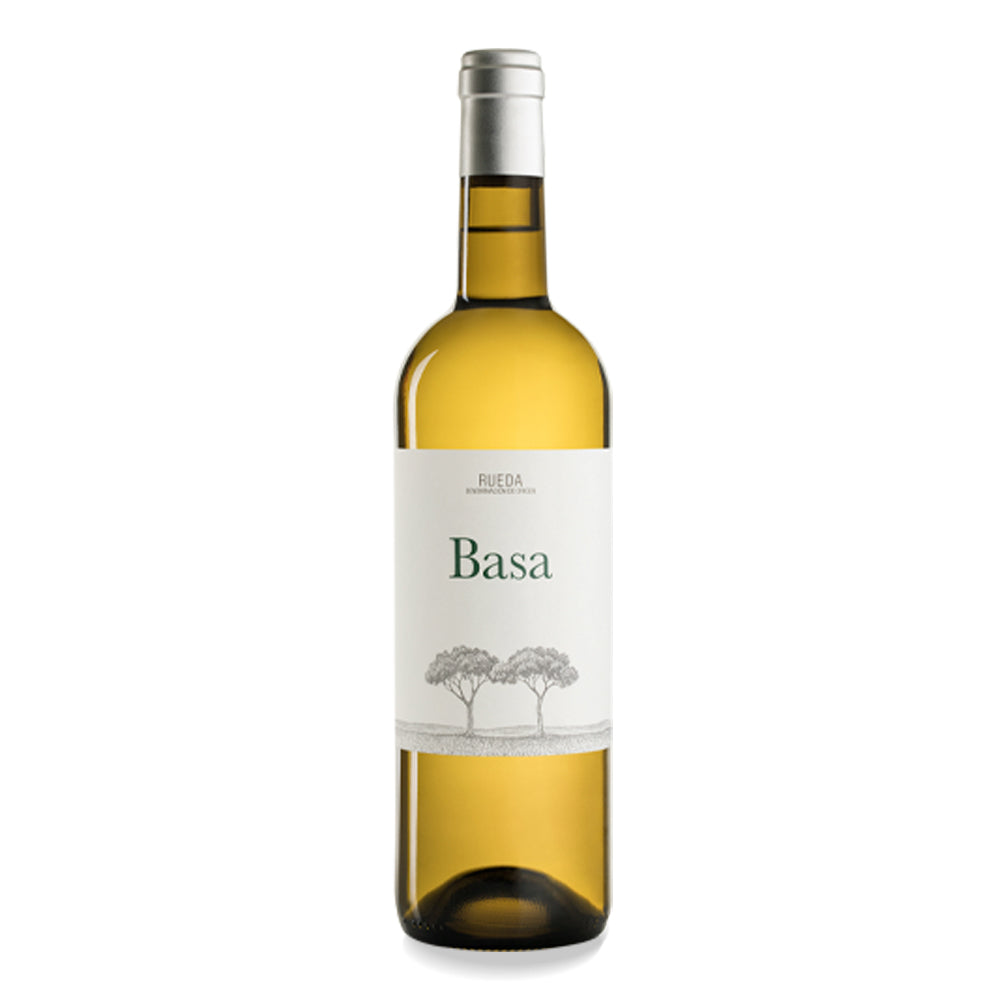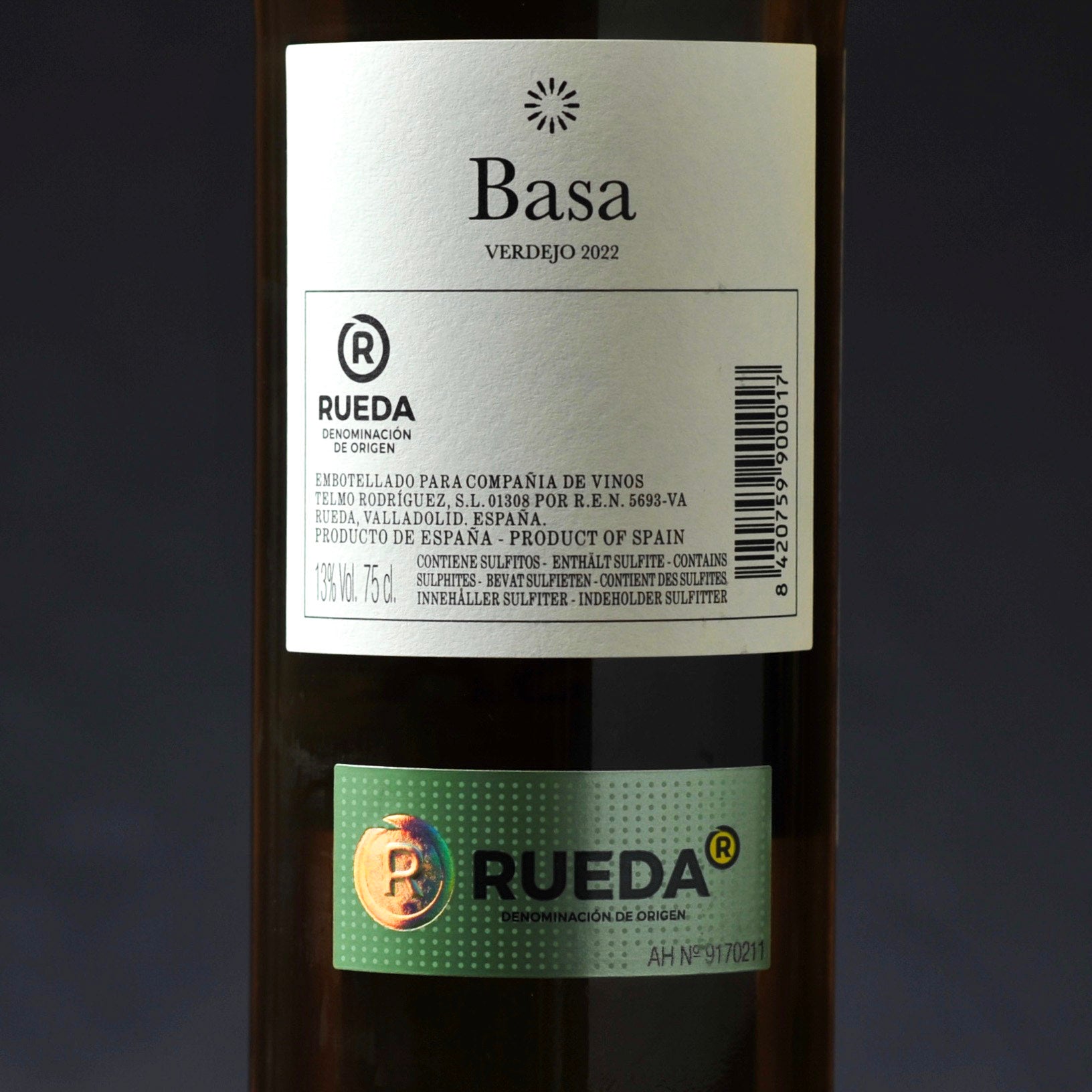This week we found ourselves back down on the south coast of Spain – in the sunny seaside town of Fuengirola to be precise.
This presented two excellent opportunities. One was a chance to meet with some of our customers from the Nordic community. Thanks to the support of Michael Emdenborg we hosted an evening for the Asociación Hispano Nórdica where we presented a few of our wines and talked in general about all the great things Spanish wine has to offer.
The evening went with a swing. As well as (hopefully) imparting some knowledge on Spanish wine, we learned that Sweden actually has some vineyards of its own (we were lucky enough to meet a retired Swedish viticultor) and heard tales of when Hollywood stars visited Ystad to film the Wallander TV series. A great time was indeed had by all.
But our trip to the south also gave us a chance to squeeze in a quick visit to one of Malaga´s most iconic bars, the Antigua Casa de Guardia. The bar was founded in 1840 and very little inside has changed since – including, one might imagine, a couple of the waiters. Very little that is except for the clientele. Because where once the bar would have been held up by the good and the great of central Malaga, these days it’s bustling with tourists from all corners of the world eager to sample something very special: the naturally sweet, liqueur wines that Malaga province is famous for.
These naturally sweet wines are mainly made from Pedro Ximénez or Moscatel grapes often grown on the steep slopes in the Axarquía region just to the east of the city. Techniques vary depending on the style of wine the winemaker is aiming for. If he or she wants a Vino Dulce Natural (Natural Sweet Wine), they will ferment freshly picked grapes and then add a wine-based alcohol to the wine must during fermentation. This stops the fermentation process before all the sugars have turned to alcohol, therefore leaving a sweeter wine.
A second option is known as Vino Maestro, and again involves adding wine alcohol to must made from freshly picked grapes. But this time it’s added in a controlled quantity before fermentation starts. This ensures a slow, incomplete fermentation. So, again the final wine is sweet.
The final option is Vino Tierno. These wines are made from grapes that have been sun-dried on rush mats in the vineyard – a technique known as asoleo - before fermentation. This process helps to dehydrate the grapes and concentrate the naturally occurring sugars. Fermentation is again stopped with the addition of wine alcohol.
Back in the Antigua Casa de Guardia, stacked behind the homespun bar, you’ll find barrels brimming with a range of styles – and ages too. From the young pálidos, aged for up to 6 months, to the nobles (2-3 years), añejos (3-5 years), and the grand old trasañejos (over 5 years).
Personally we recommend the Pajarete 1908, a style of naturally sweet wine virtually unknown outside of the city of Malaga. Once fermented, this delicious treat is fortified with alcohol to 15% ABV and then aged for a minimum of two years before going on sale. But whichever you sample, you’ll enjoy a sumptuous wine that perfectly captures the sun-drenched charm of Andalusia.
We often talk about the new generation of winemakers here in Spain who are doing so much to revolutionise the sector and produce wines that entice, entertain and stand shoulder-to-shoulder with the best in the world.
But sometimes it’s nice to be reminded that Spain has a long history of winemaking and is home to a range of wine styles that reflect a tradition and heritage that any country would be proud of. Standing at the bar in the Antigua Casa de Guardia, it’s easy to take the tourist approach and whip out your camera to try to capture the old-world charm of this enticing locale. But the real beauty of this bar isn’t the barrels, it’s the treasures they hold inside. And the only way to capture them is to taste them.
Cheers!

